HISTORIC PHOTOGRAPHS OF ANDEAN VILLAGERS BY
CARL DUISBERG
My old friend Carl has a background similar to mine, including years spent in South America, and a long-standing love of photography. Not long ago, he came across a long-forgotten cache of 35 mm negatives that had been packed away with his memorabilia. Two dozen rolls of black and white film, hundreds of photos that he shot in Peru and Bolivia when he was living there, back in the early 1970’s. He’d processed the film himself, because that’s what we did in those days, but he never got around to making any prints, so he’d never actually seen any of the pictures. He asked me if I knew of any reliable mail-order photo labs capable of making a set of small prints from old negatives. I had a better idea. I told him to send them all to me.
Anyone who has ever worked with old 35 mm film is aware of the challenges. Carl’s negatives had been packed away for half a century, and the film had long since started to degrade. High resolution scans brought out every wonderful detail in the photos, but they also exposed every flaw in the emulsion—specks, streaks, scratches and worse. Most of the scans came out good enough for the purpose, which was simply to digitize my friend’s old travel photos, so that he could look through them, and perhaps stir some pleasant memories. I could have easily left it at that, but once the scanning process was underway, it was obvious to me that these photographs deserved much more than “good enough.” The process of properly restoring old photos using Photoshop, is meticulous, labor intensive, and incredibly time consuming. I’d had a fair bit of practice with my own ancient negatives, so I got right to it by selecting a dozen images, and giving them my very best effort. I was so pleased with the result that I, well, I simply kept going!
Carl’s photographs are extraordinary: candid portraits of Andean natives in their traditional dress, taken in mountain villages and outdoor markets that had not yet been tainted by outside influences. In the early ‘70’s, even the capital cities of Peru and Bolivia were barely connected to the modern world, and the remote villages were so primitive, they were like a throwback to another century. When the pictures were taken, they captured an anachronism within an anachronism, and now, fifty years later, they’re a window into a whole different era. The humanity expressed in these photographs is universal, and it is timeless.
This is the first in a series of posts featuring Carl’s photos. It’s a sampler of sorts, two dozen of my personal favorites, chosen at random from the collection as a whole; portraits, that were, quite literally…lost in time:
The photographs in these two slide shows were taken in a variety of locations. The women in the flattish round hats, known as monteras, are in the market town of Chinchero, near Cuzco, in Peru. The women in shawls are on Taquile Island in Lake Titicaca. The white, slightly conical hats are in Sucre, a town in Bolivia, while the men and women wearing that marvelous helmet-like headgear are in Tarabuco, also in Bolivia. The Bowler hats? Those things are everywhere, on both sides of the border!
Click any photo to stop the slides from advancing and expand the images to full screen.
READ MORE LIKE THIS
This is an interactive Table of Contents. Click the pictures to open the pages.
Long Ago and Far Away: South America in the Early 1970's
Portraits of a People, Lost in Time
50 year old portraits of Andean natives in their traditional dress, taken in mountain villages not yet tainted by outside influences.
<<CLICK to Read More!>>
Puno Day Festival
Historic photos of Peru's Puno Day festival, taken in 1971. Included is the reenactment of the birth of the Inca empire on the shore of Lake Titicaca, with costumed dancers lining the streets of Puno.
<<CLICK to Read More!>>
Chinchero: The Place Where Rainbows are Born
Candid portraits of villagers in traditional dress, taken in Chinchero, Peru in 1971, before the outside world intruded.
<<CLICK to Read More!>>
An Overabundance of Bowlers: A Brief History of Headgear on the High Plateau
Andean natives have adapted to the intensity of the high altitude sun by taking a very simple precaution: everyone, almost without exception, wears a hat when they venture outdoors.
<<CLICK to Read More!>>
Tairona Gold: The Rape of Bahia Concha
It was the Tairona gold that triggered a blood lust in the Spanish invaders, ultimately causing the destruction of the entire Tairona civilization. That cycle was repeated in modern times, when the lust for Tairona gold infected the guaqueros, causing the destruction of the last refuge of the Tairona ancestors, in one final humiliation, one last indignity: the RAPE of Bahia Concha!
<<CLICK to Read More!>>
Tairona Gold: The Curse of the Coiled Serpent
Paul dug with his hands then, finally sticking his arm into a hollow space, pulling out a dark object. Grinning at me from the bottom of his hole, he handed up what he’d found. A round blackware vessel representing a coiled serpent, open in the middle, with a spout at the top of the head. I’d seen a lot of Tairona artifacts, but I’d never seen anything remotely like that one.
<<CLICK to Read More!>>
In the Vale of the Stone Monkeys: Peril and Petroglyphs in the Colombian Jungle
El Manco was easy to spot; he had embraced his defining handicap, a right arm that had been severed above the elbow, and that wasn’t even his only problem. He was also missing his right eye, nothing there but an empty socket and an ugly knot of scar tissue. “Tough old bird” doesn’t begin to describe a hardscrabble character like Manco; he had a face with creases like a roadmap straight to his own personal version of hell.
<<CLICK to Read More!>>
Magnificent Monoliths: The Enigmatic Idols of San Agustin
At least 200 monolithic statues are preserved within the boundaries of the San Agustin Archaeological Park, along with 20 monumental burial mounds. Each statue is unique, but taken as a group they provide a fascinating overview of the rituals and beliefs of one of the earliest complex societies in the Americas. The enigmatic idols of San Agustin are truly unmatched among the world’s ancient monuments.
<<CLICK to Read More!>>
There's nothing like a good road trip. Whether you're flying solo or with your family, on a motorcycle or in an RV, across your state or across the country, the important thing is that you're out there, away from your town, your work, your routine, meeting new people, seeing new sights, building the best kind of memories while living your life to the fullest.
Are you a veteran road tripper who loves grand vistas, or someone who's never done it, but would love to give it a try? Either way, you should consider making the Southwestern U.S. the scene of your own next adventure.
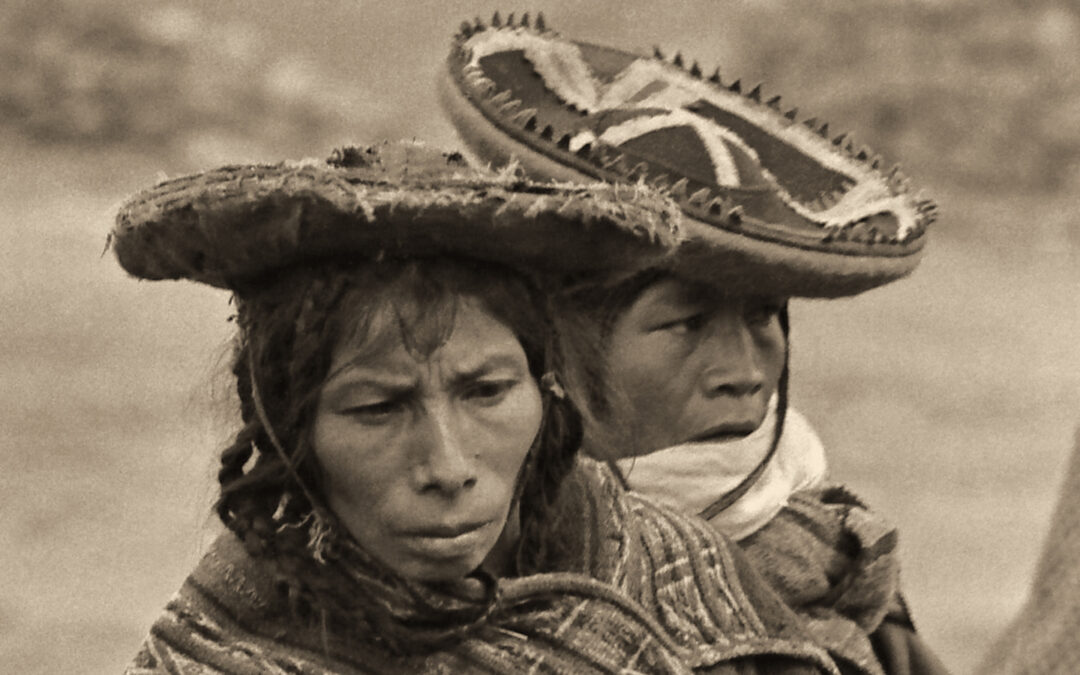
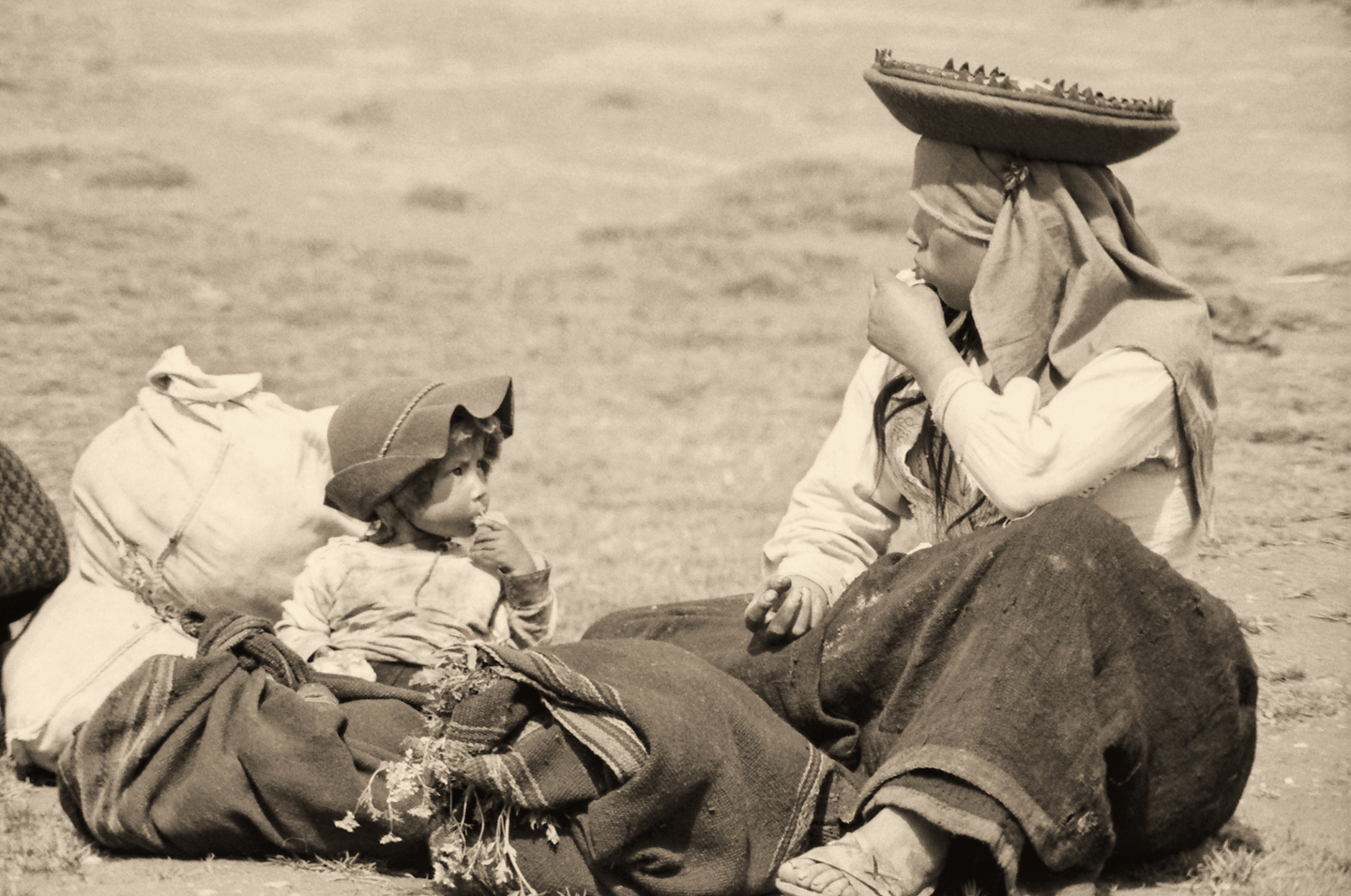
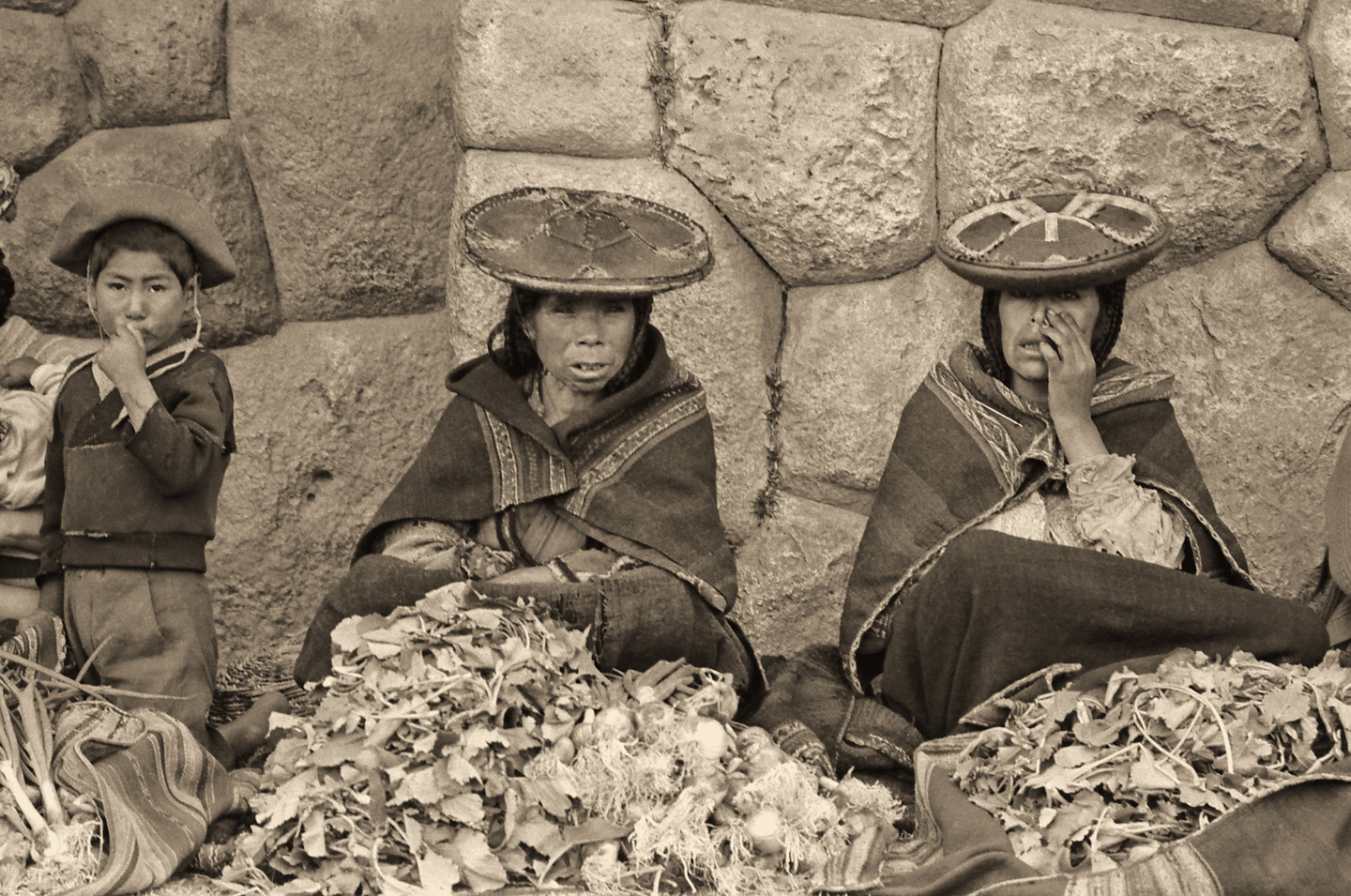
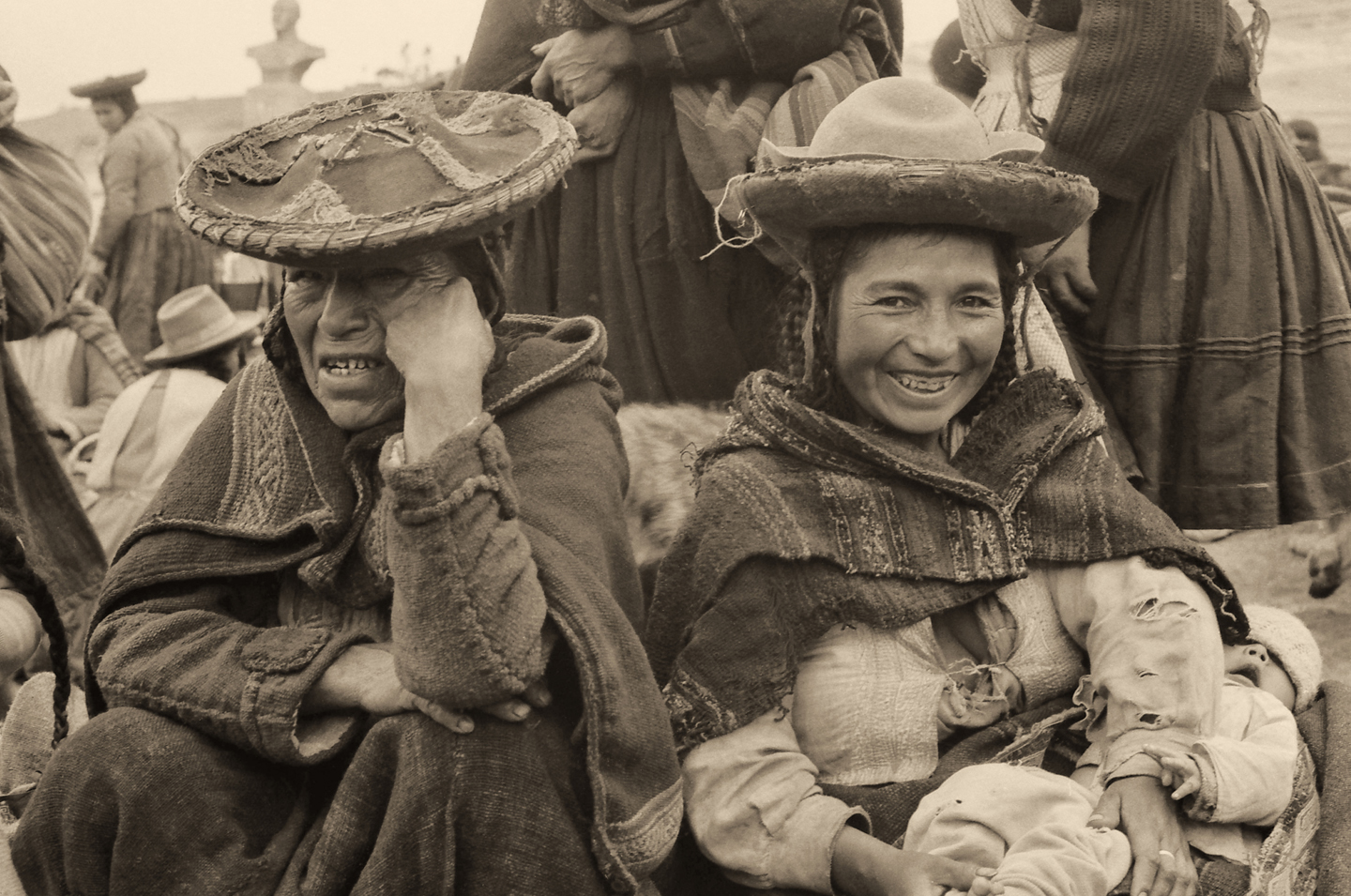
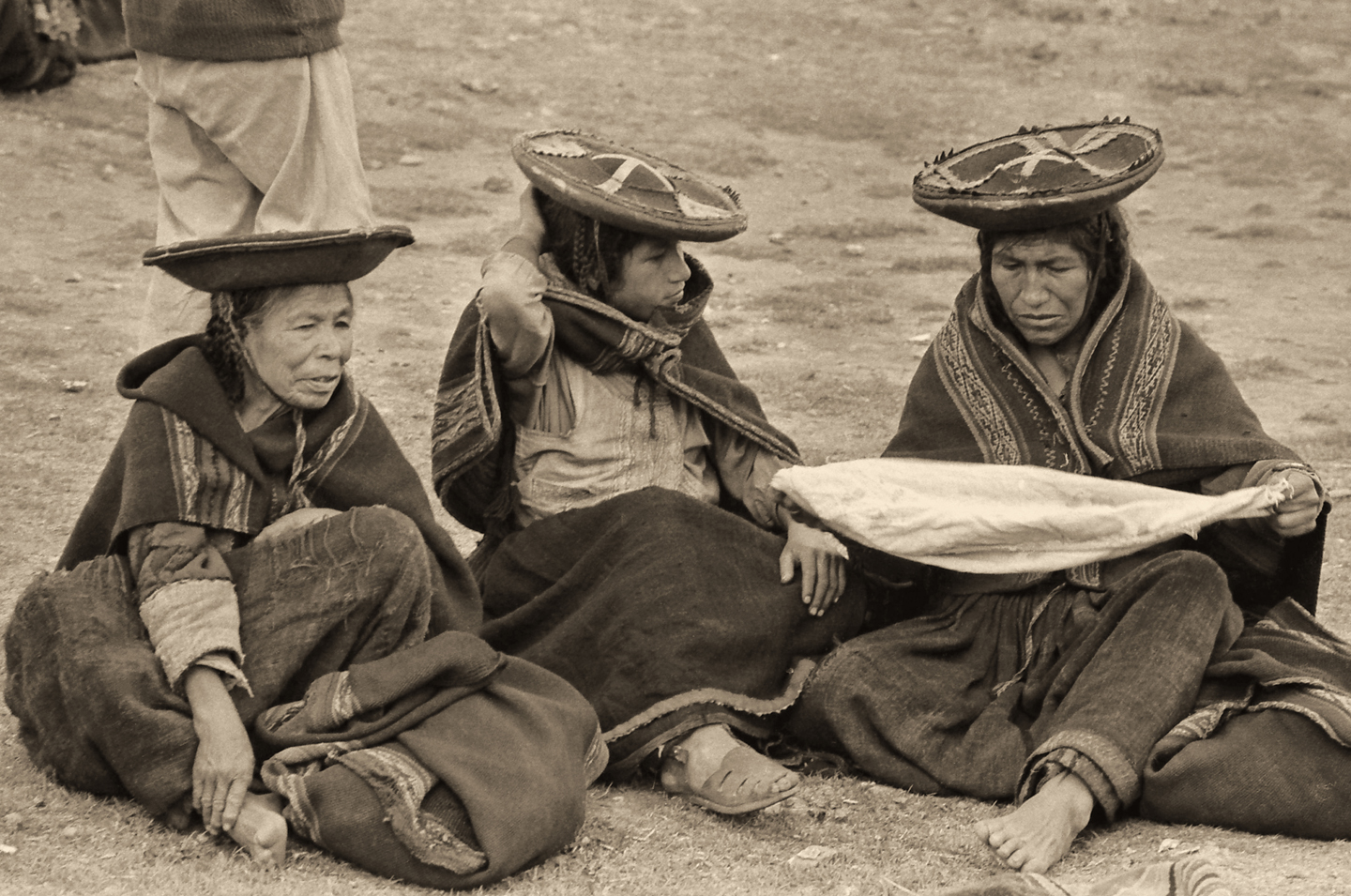
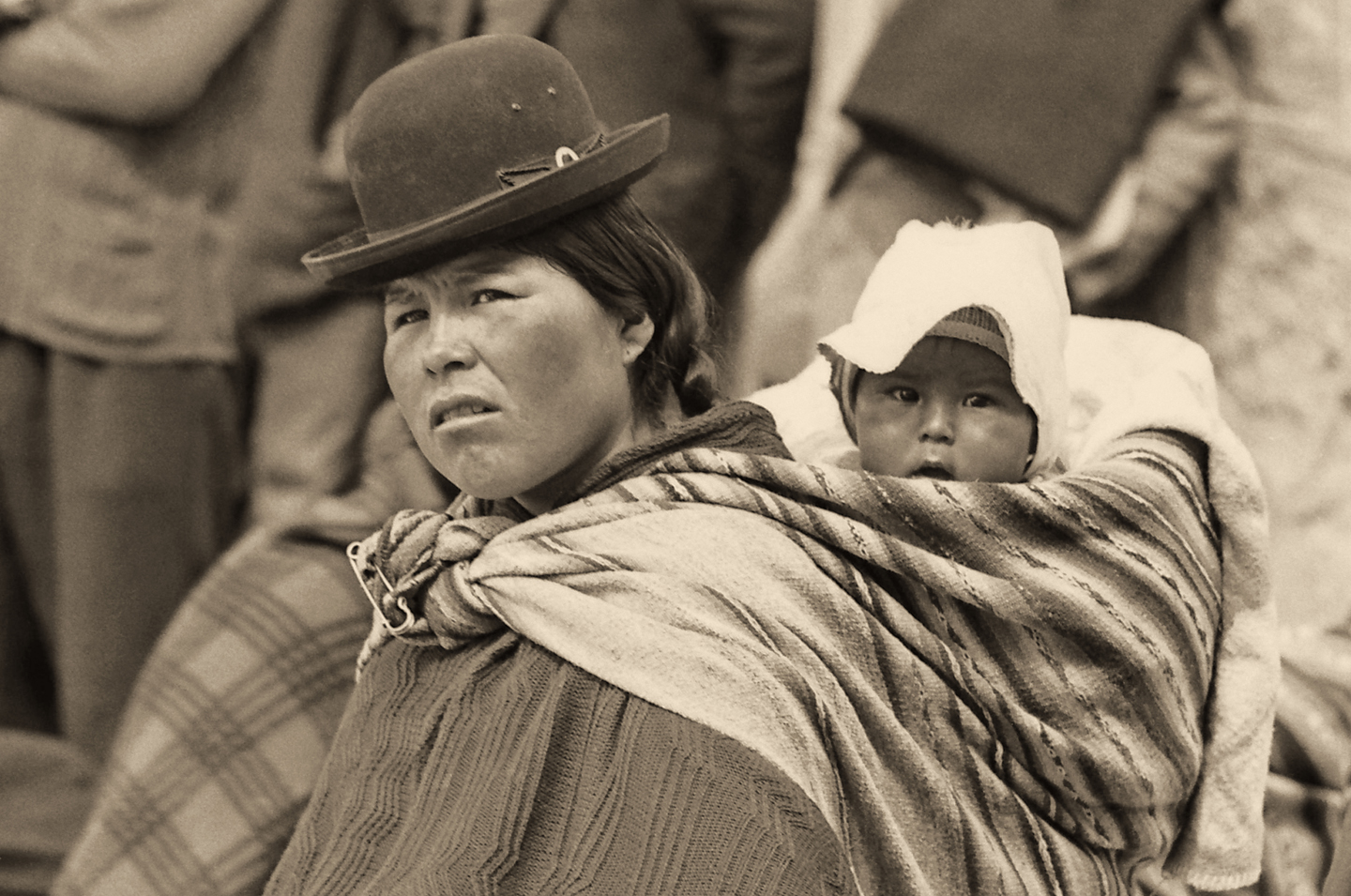
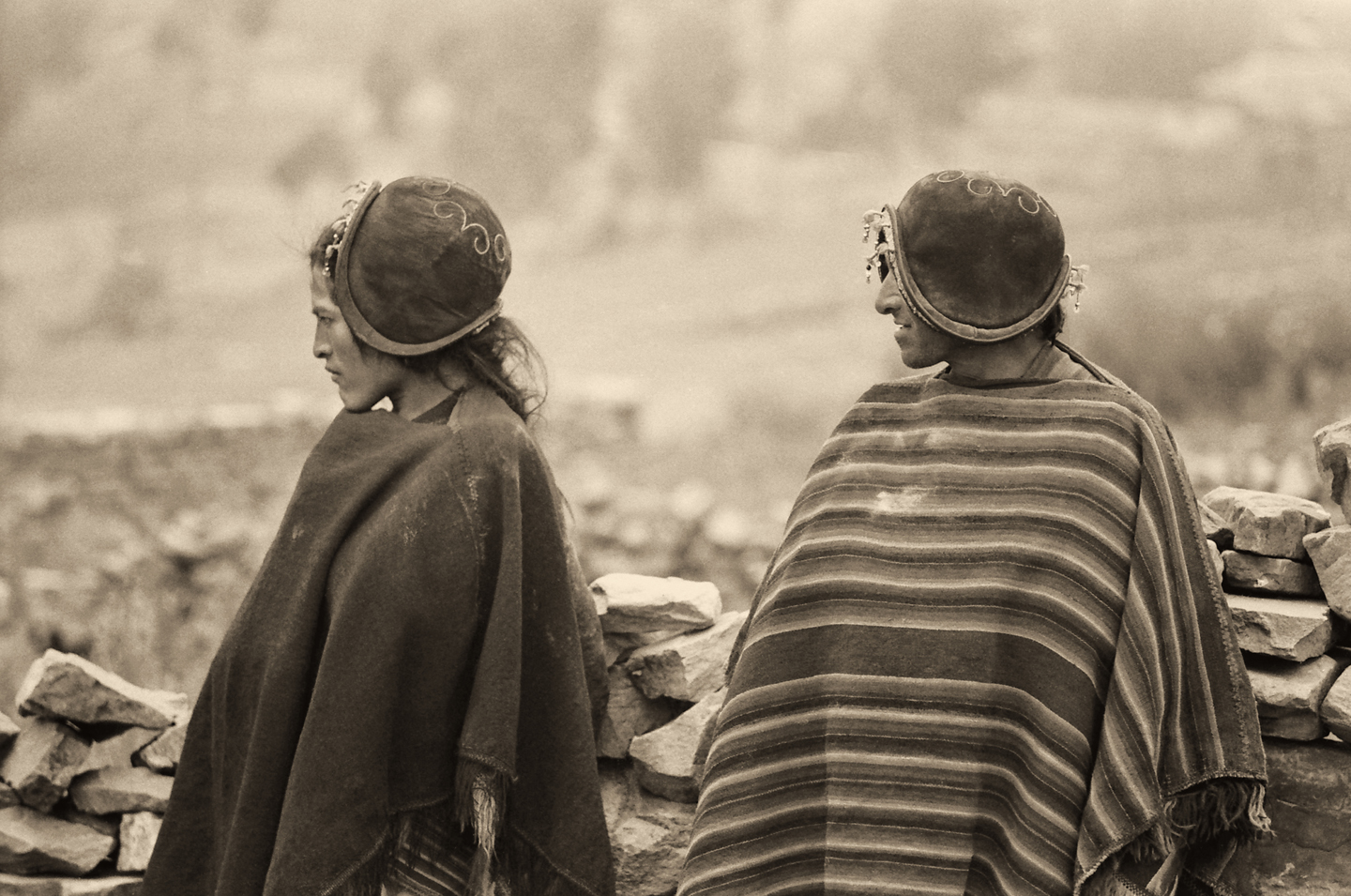
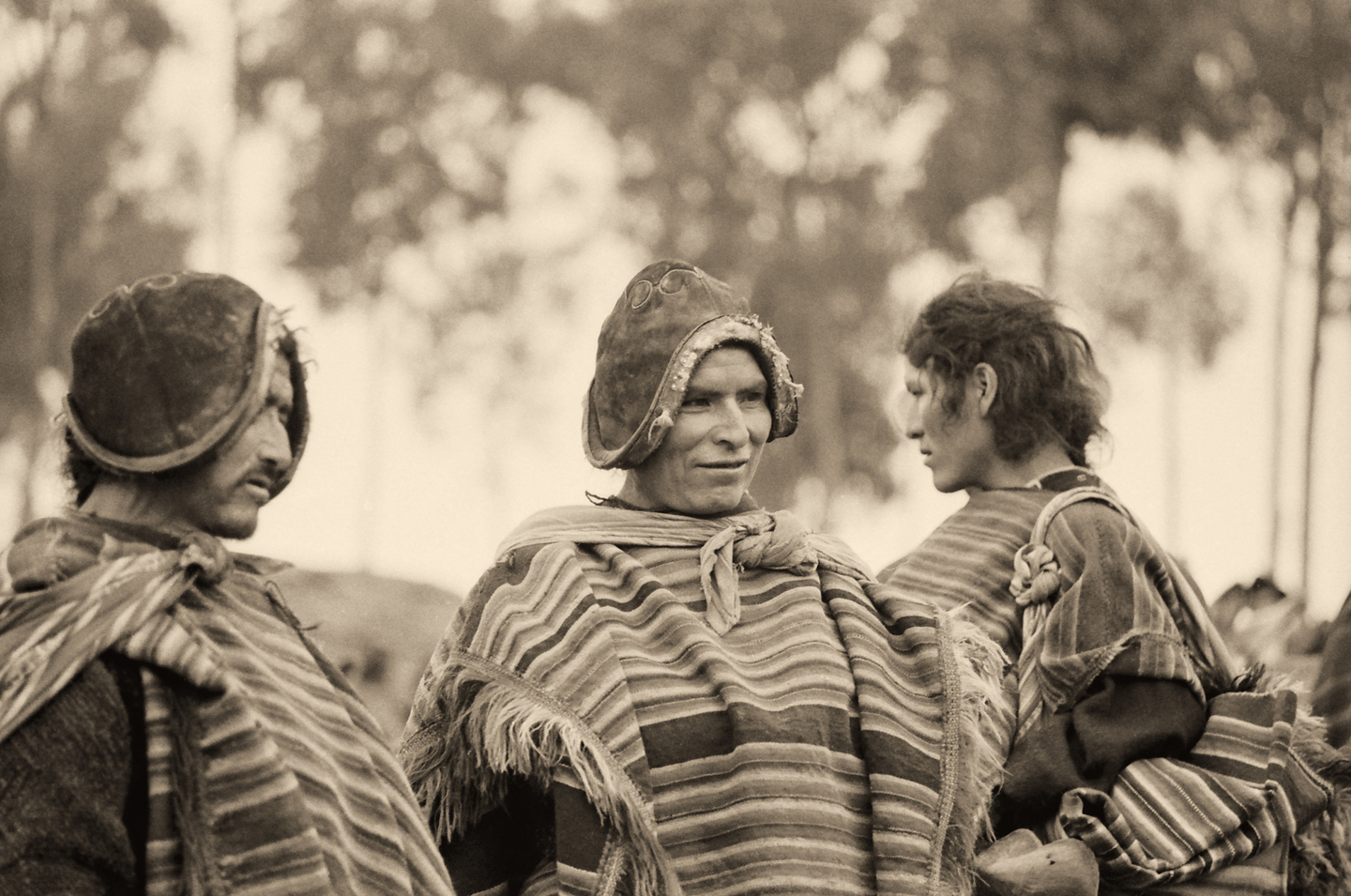
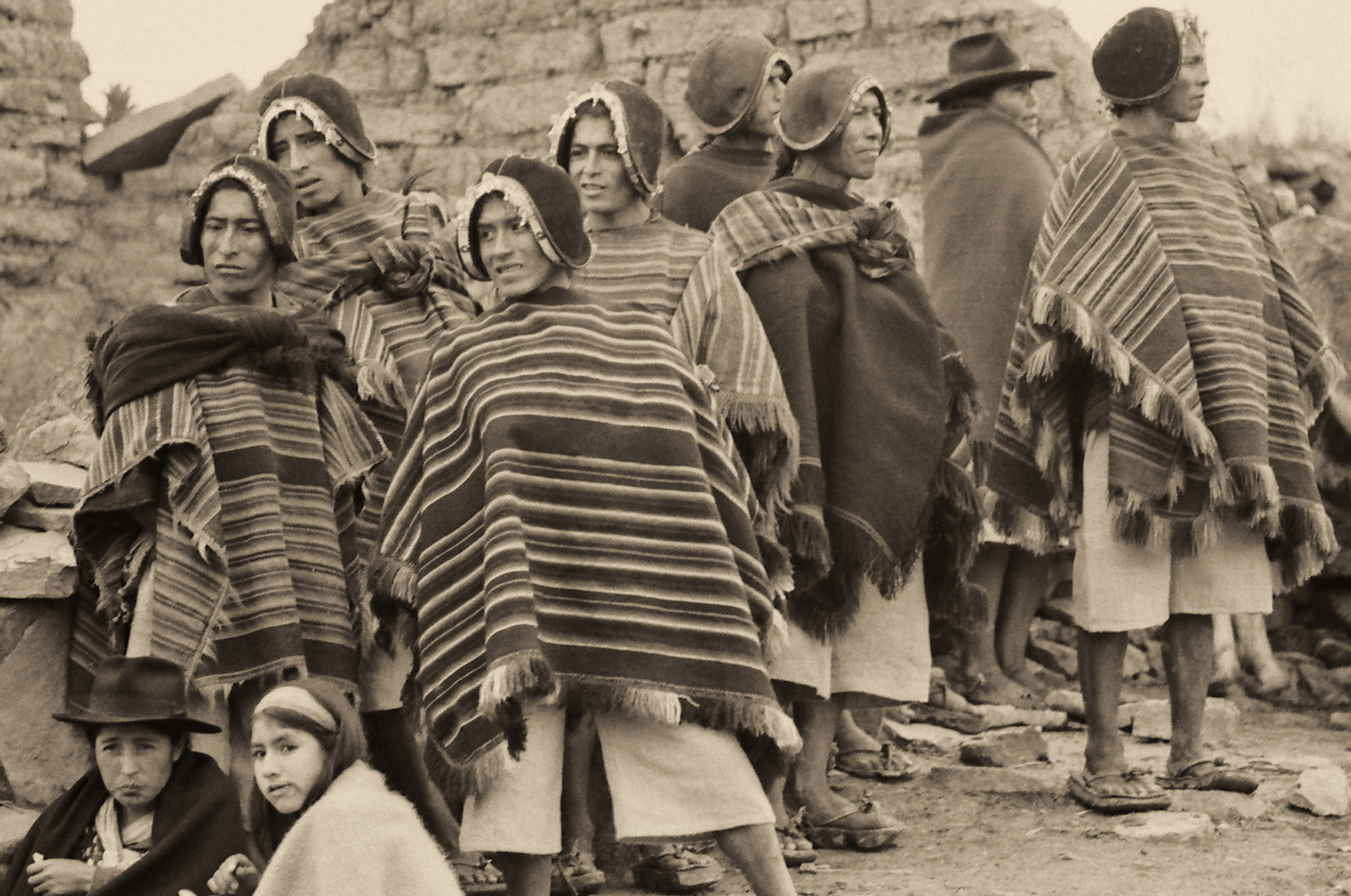
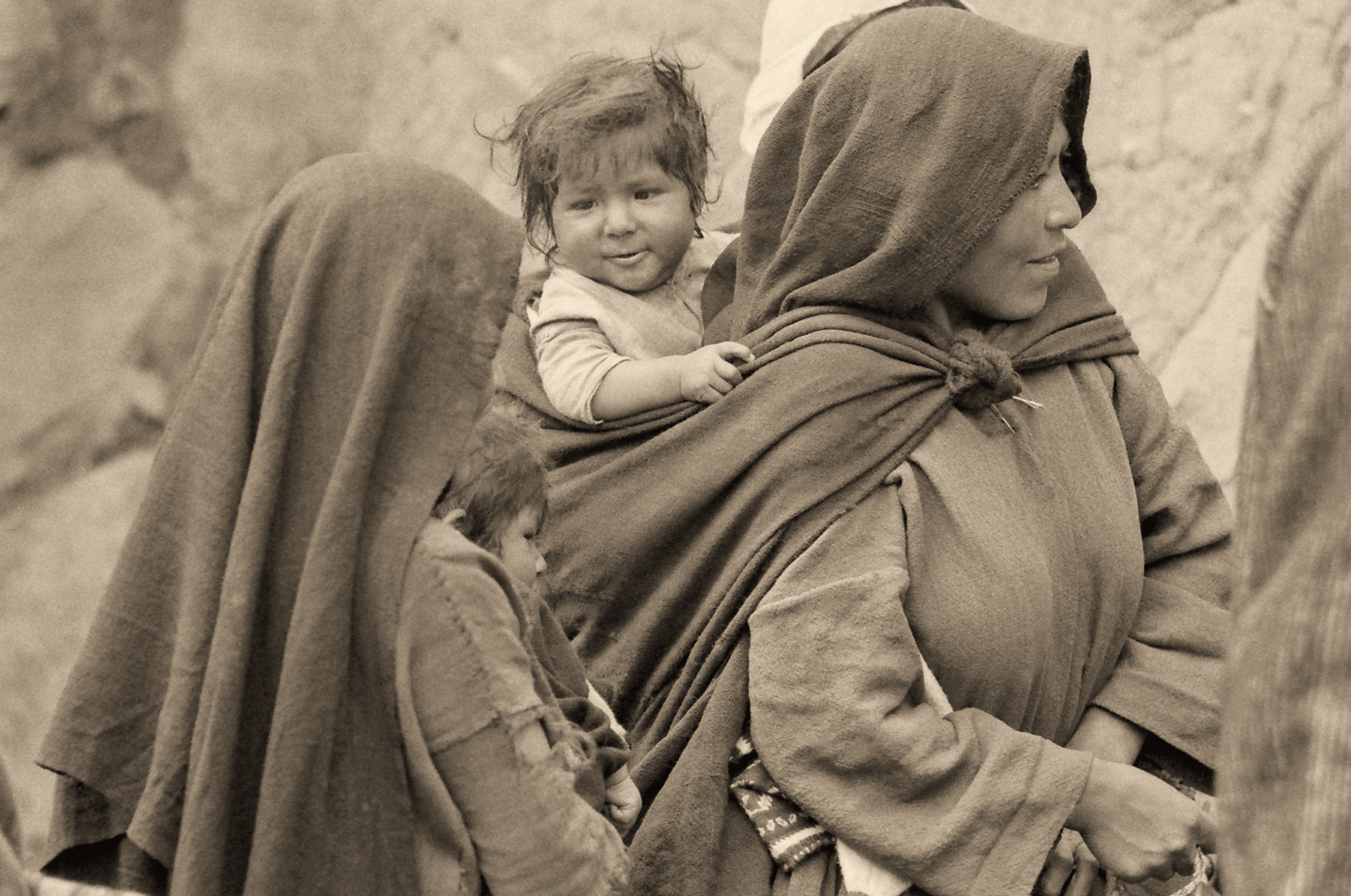
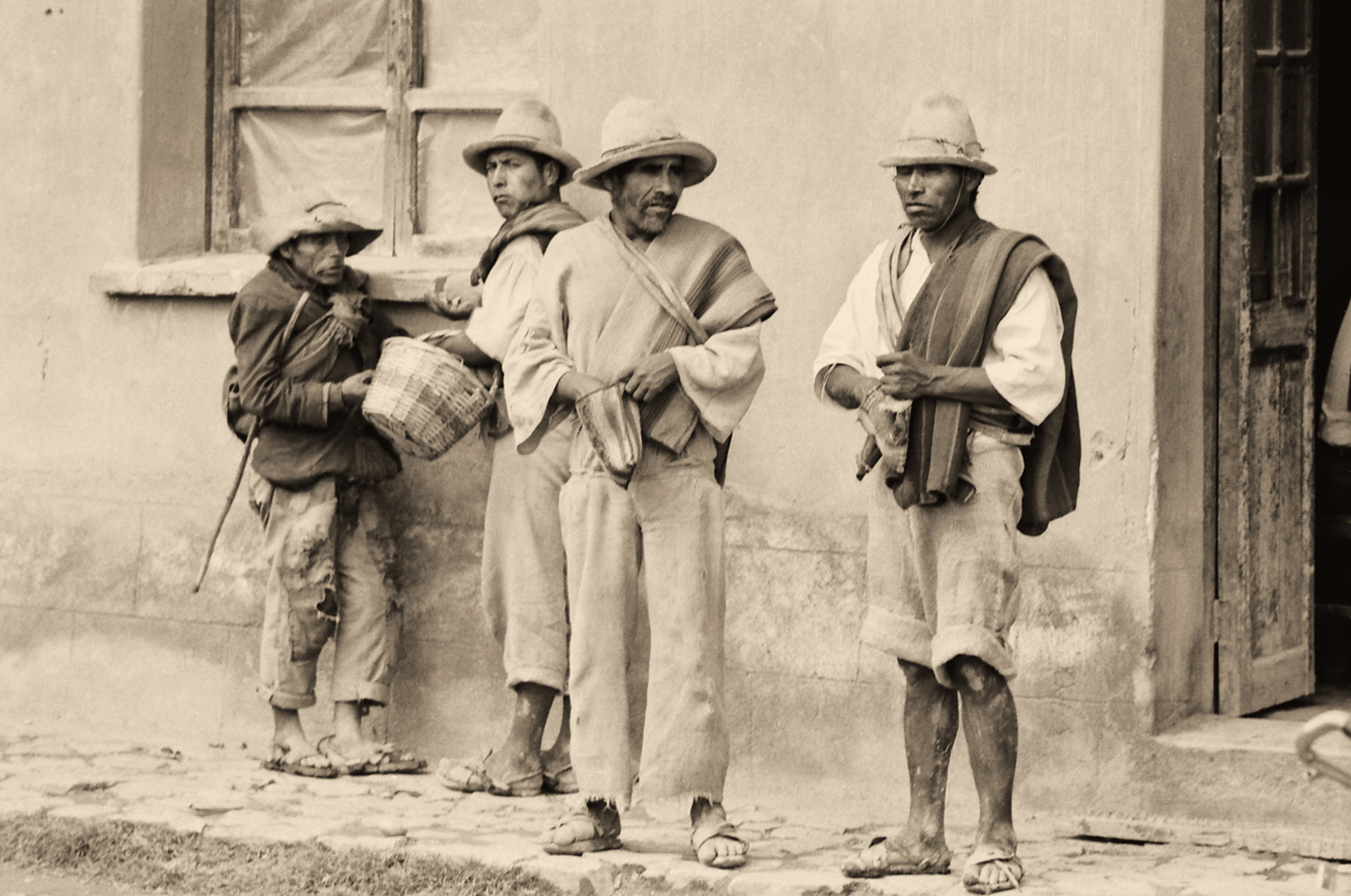
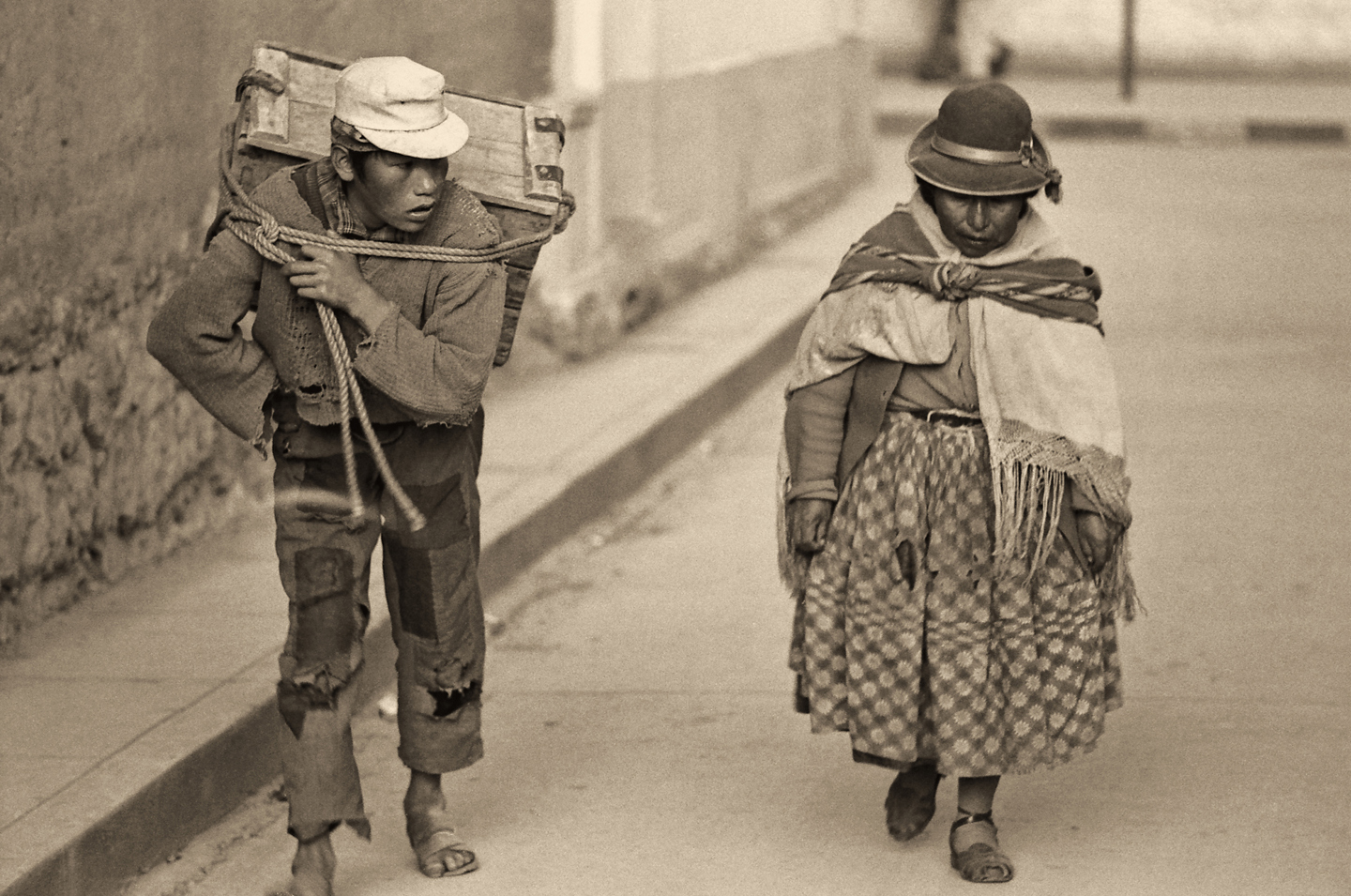
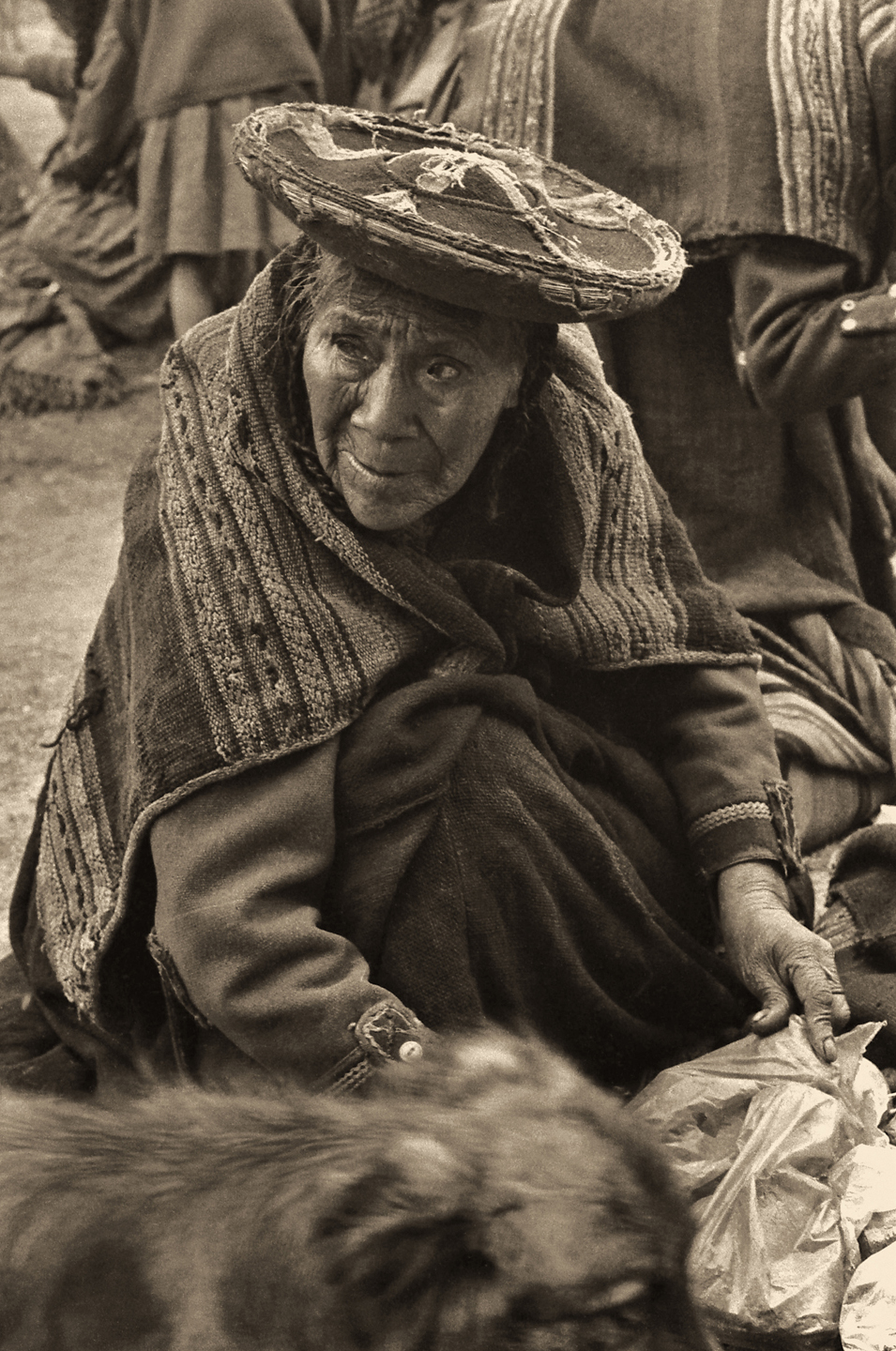
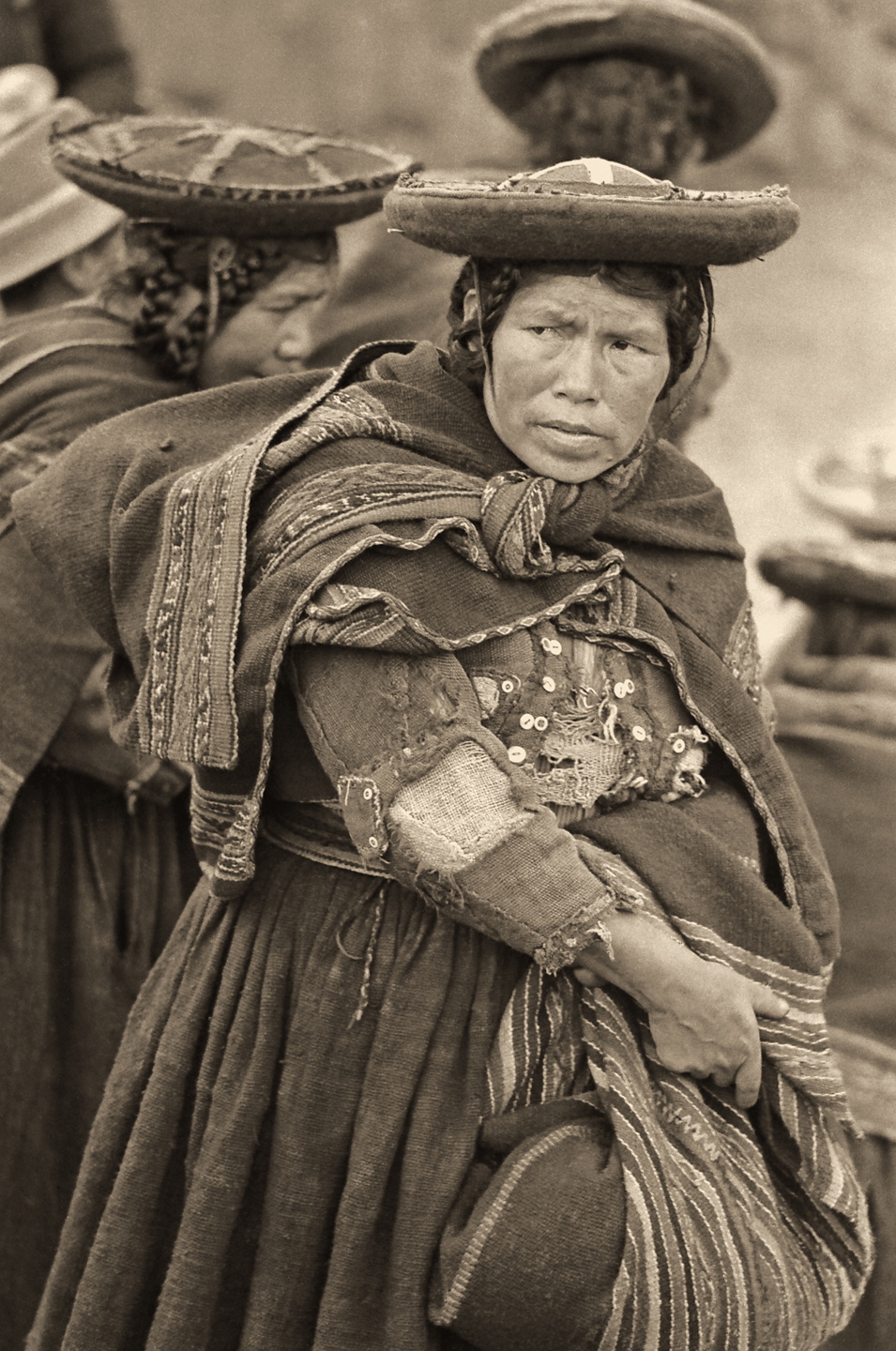
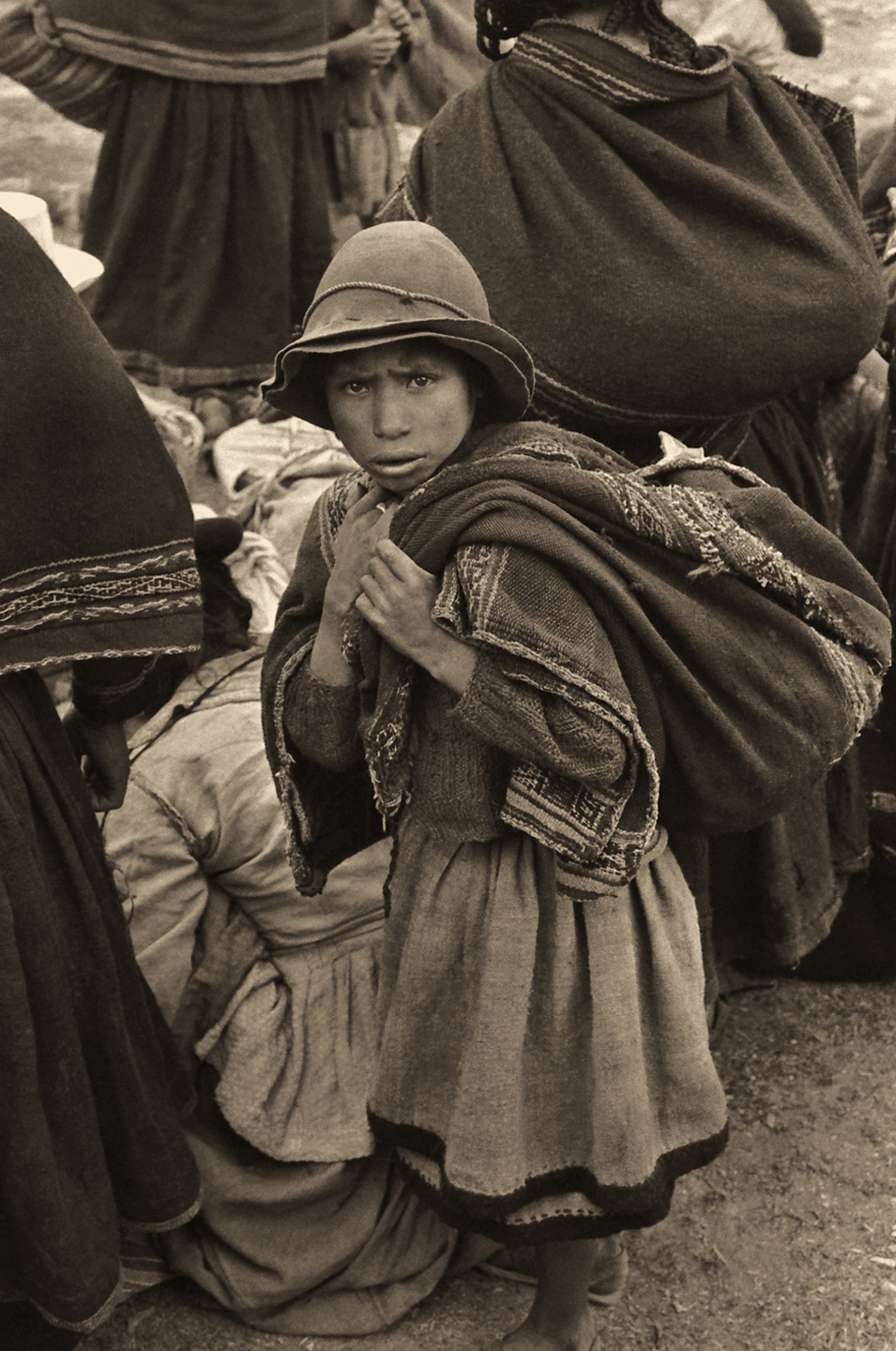
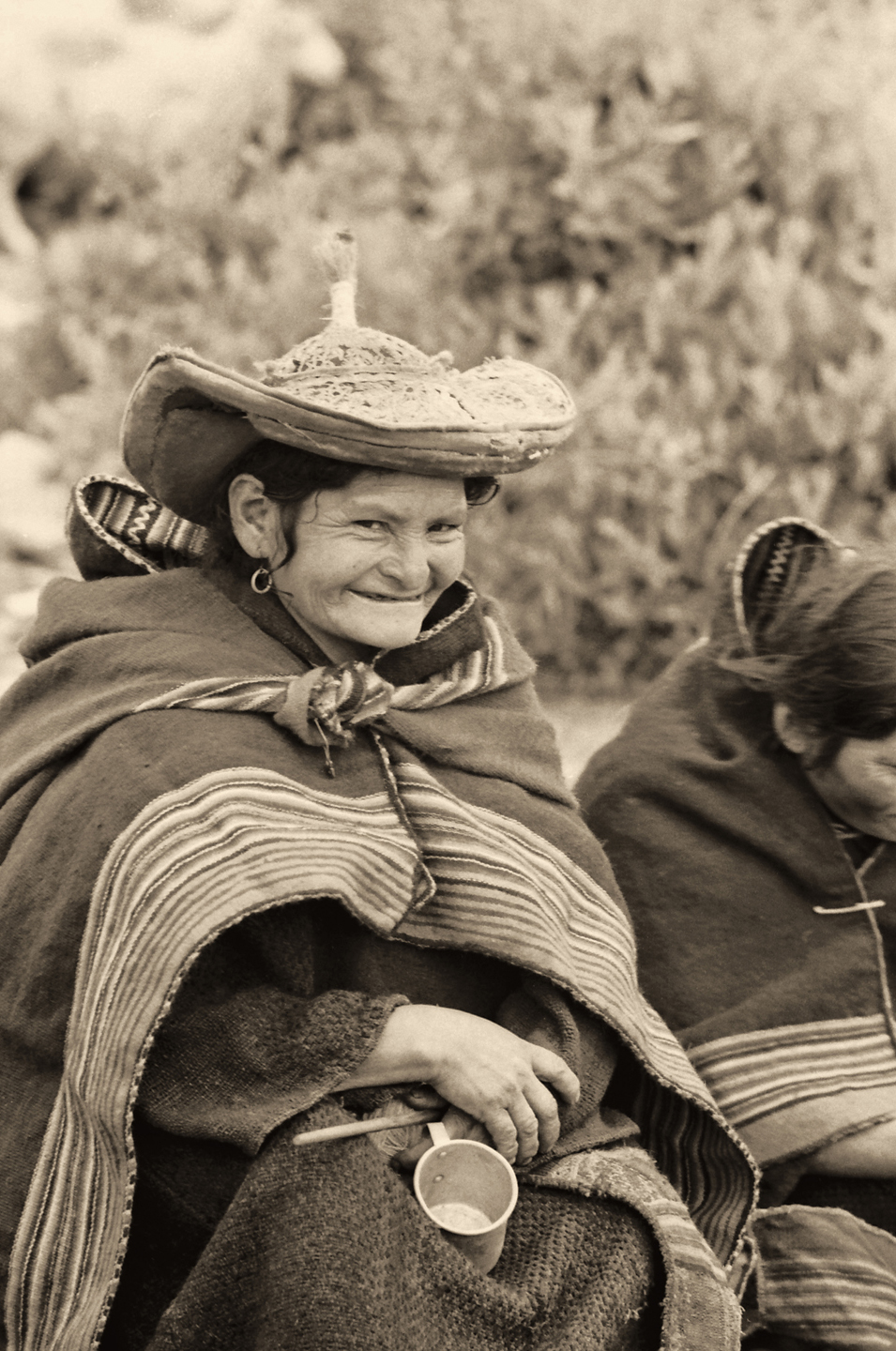
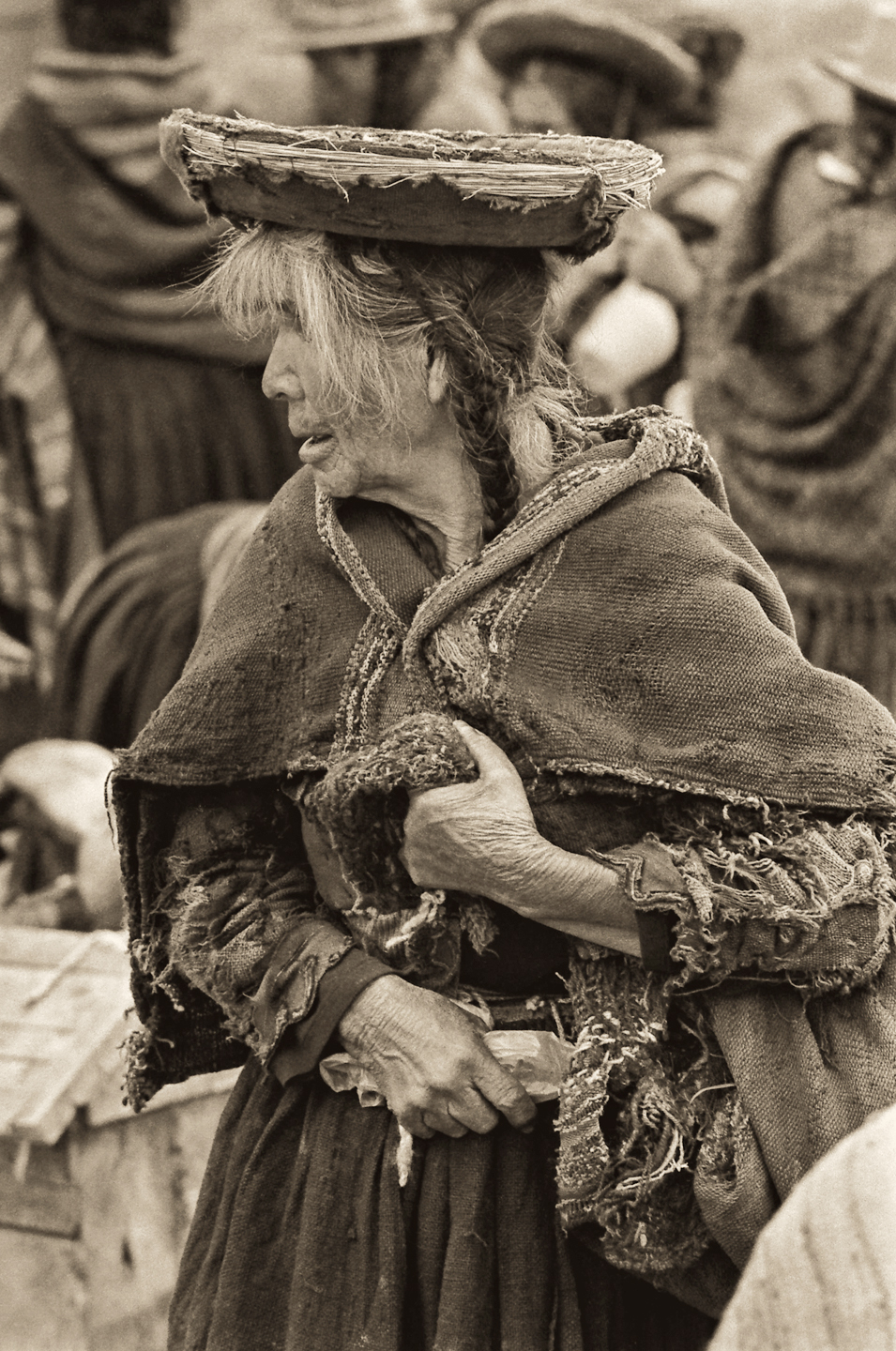
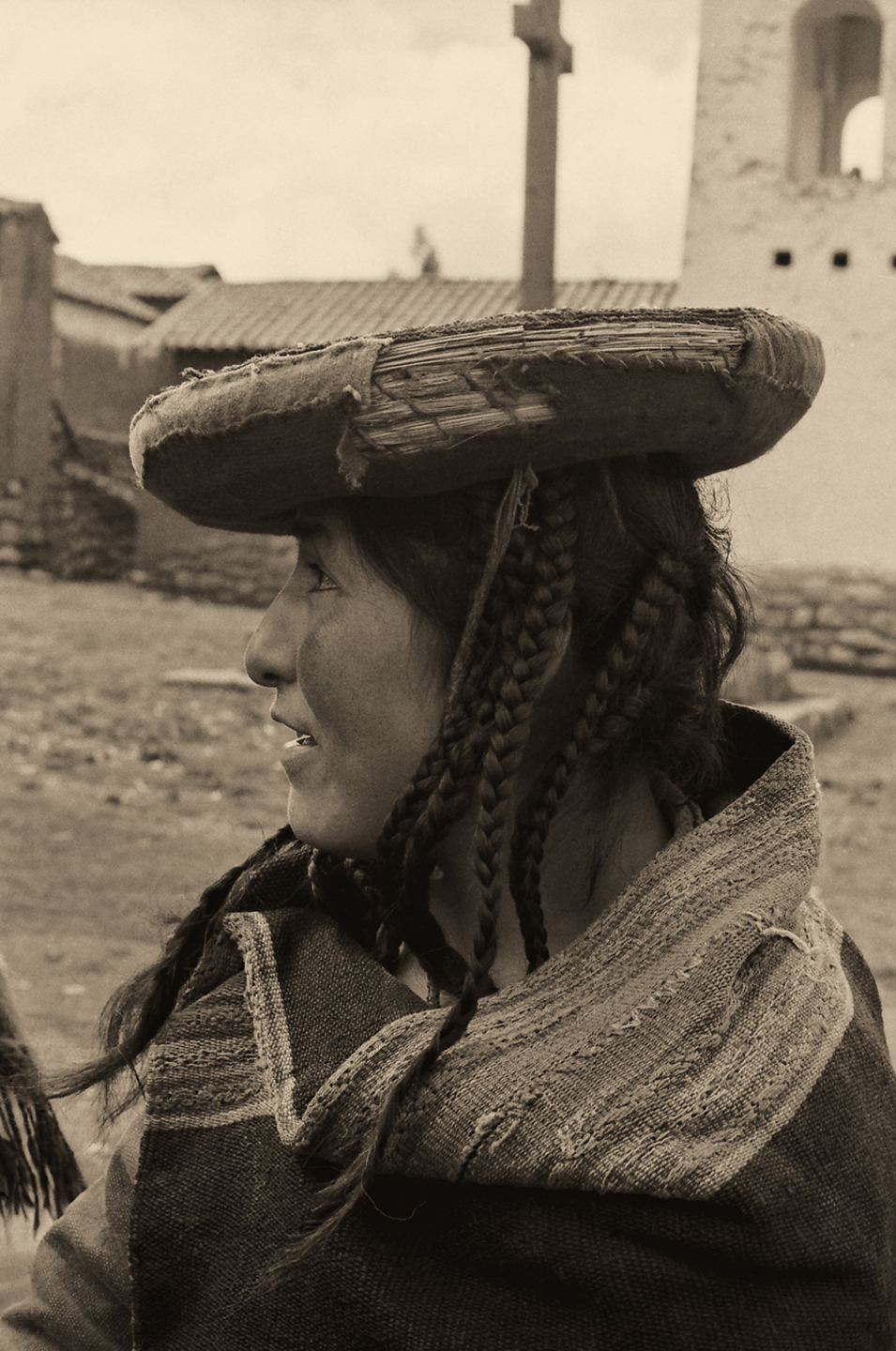
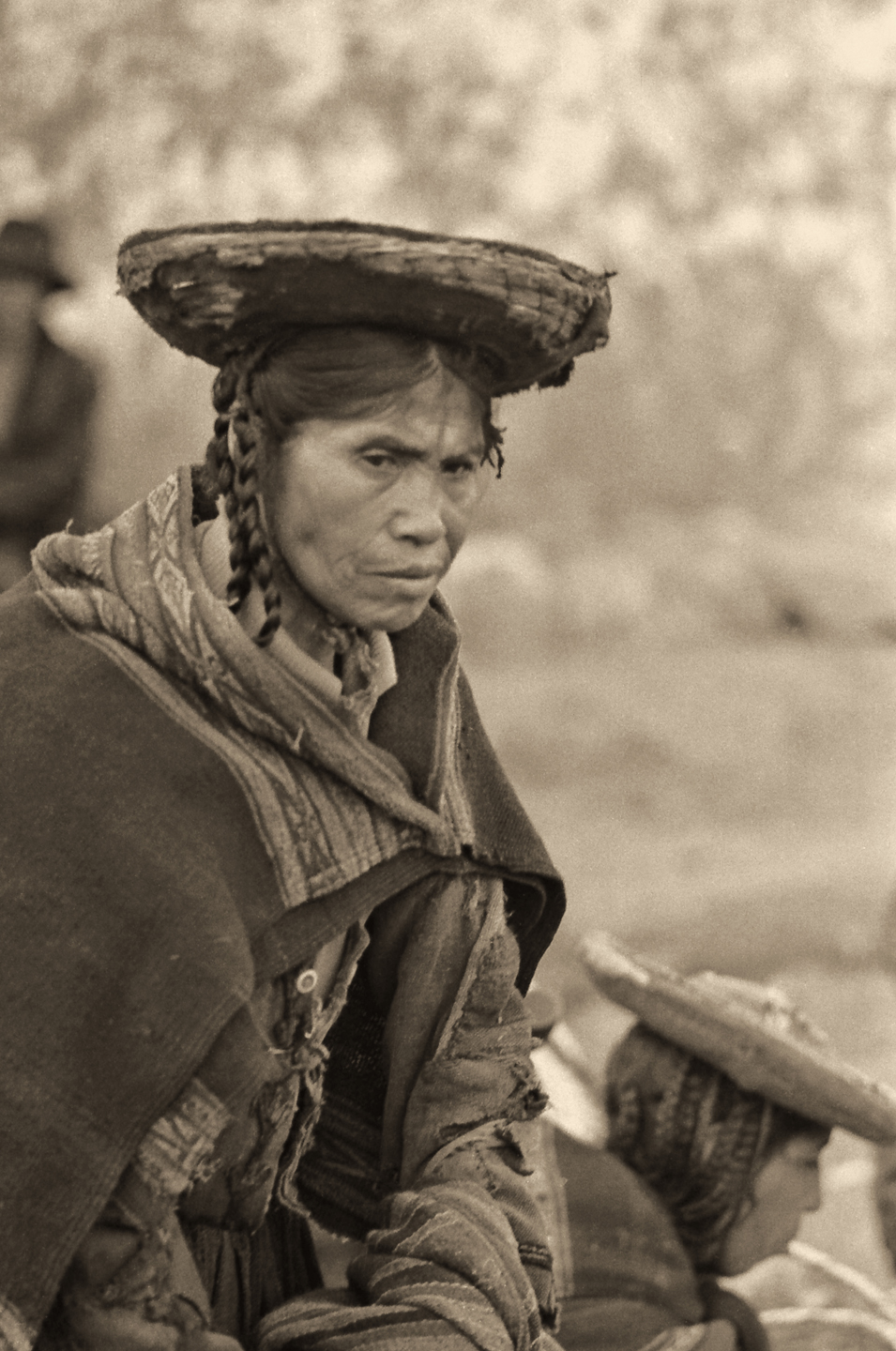
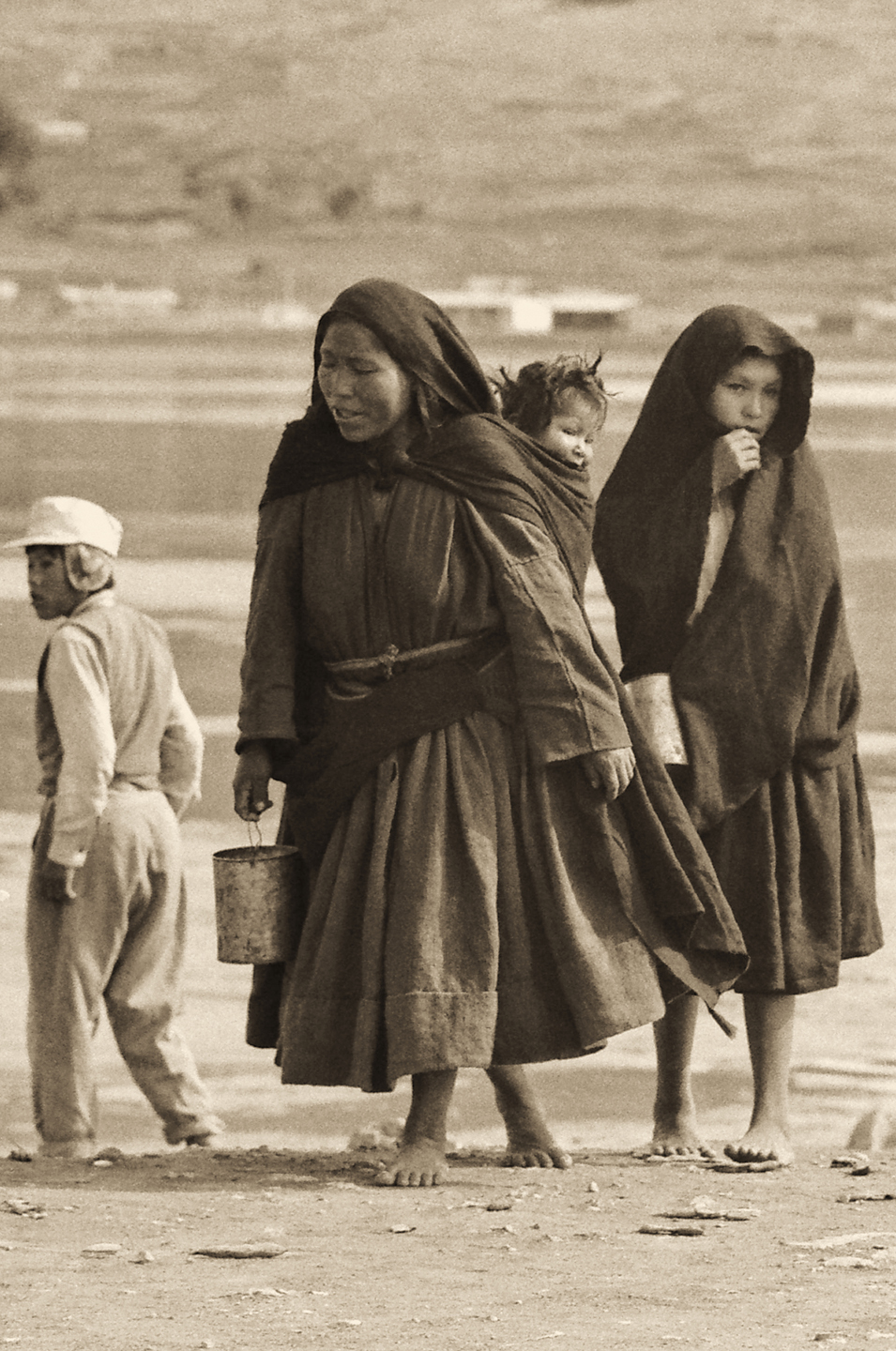
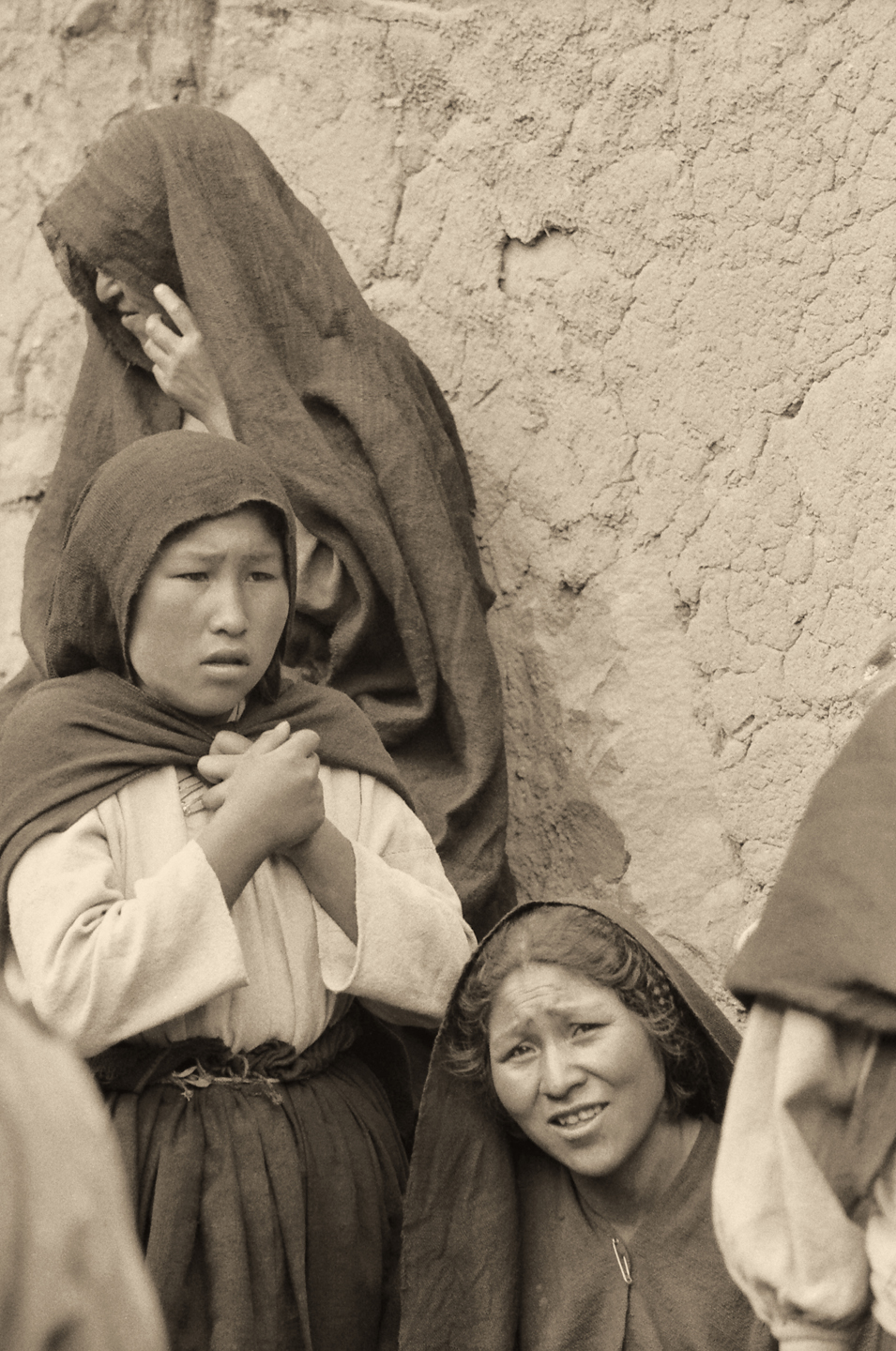
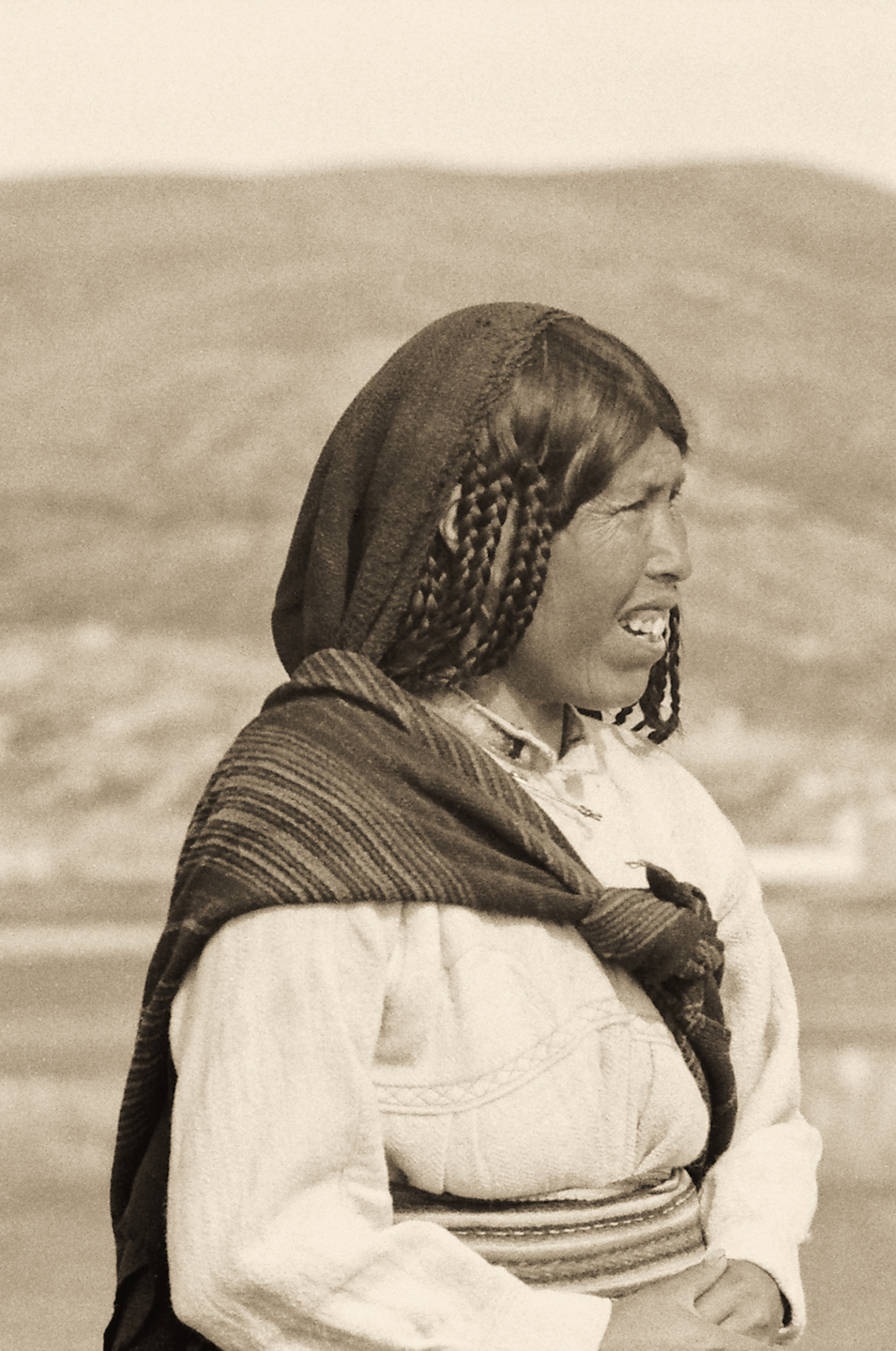
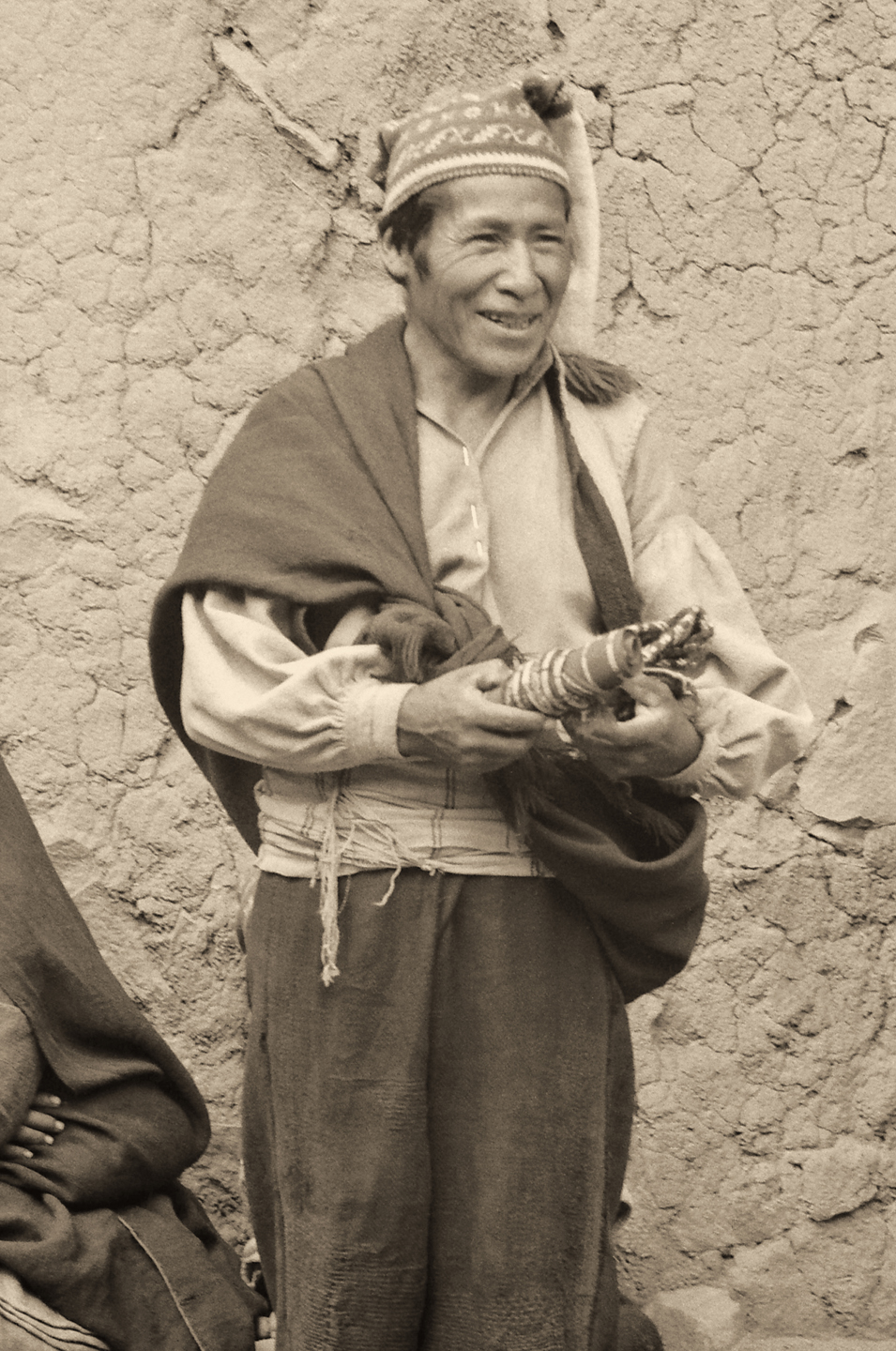
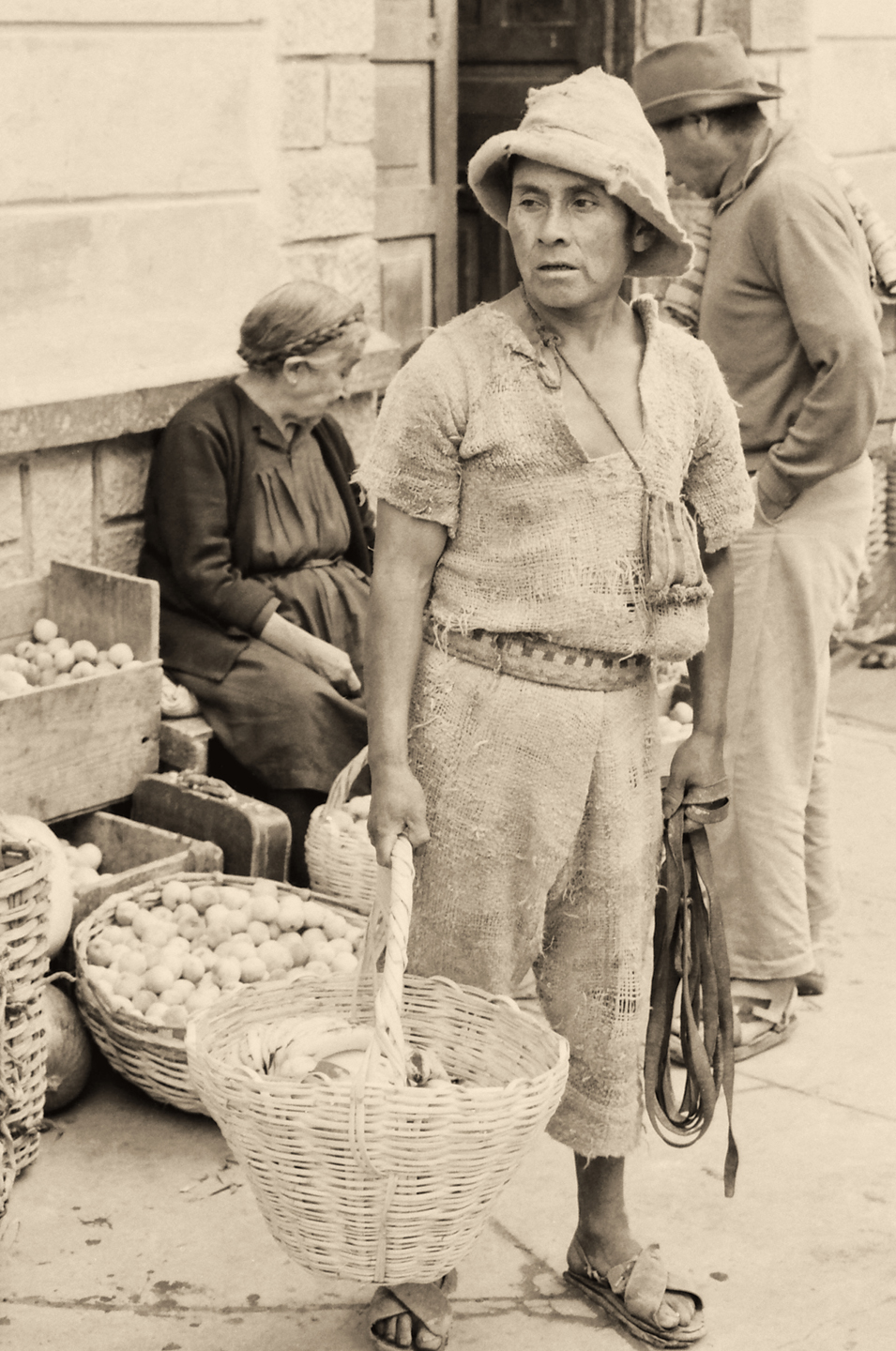
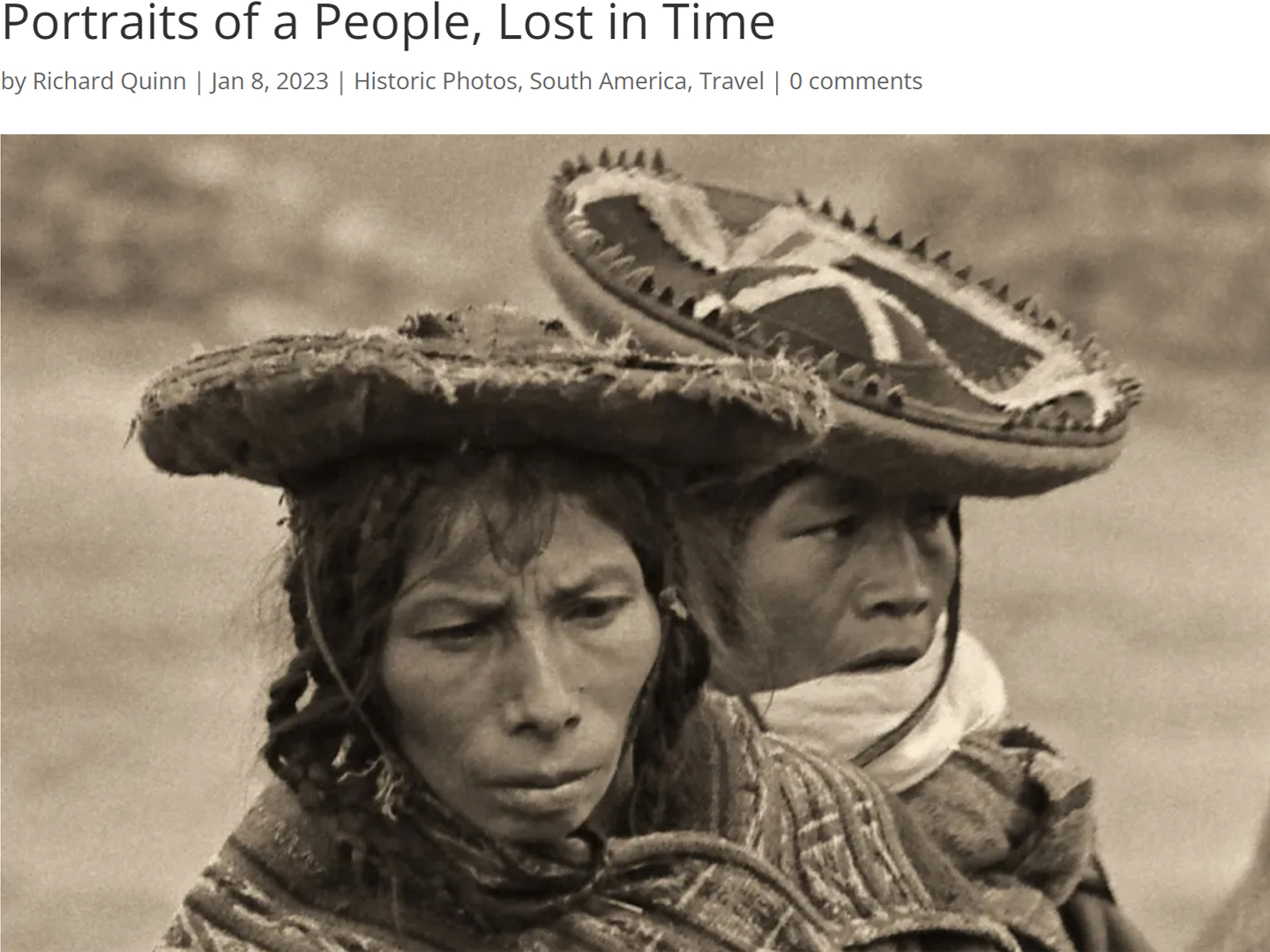
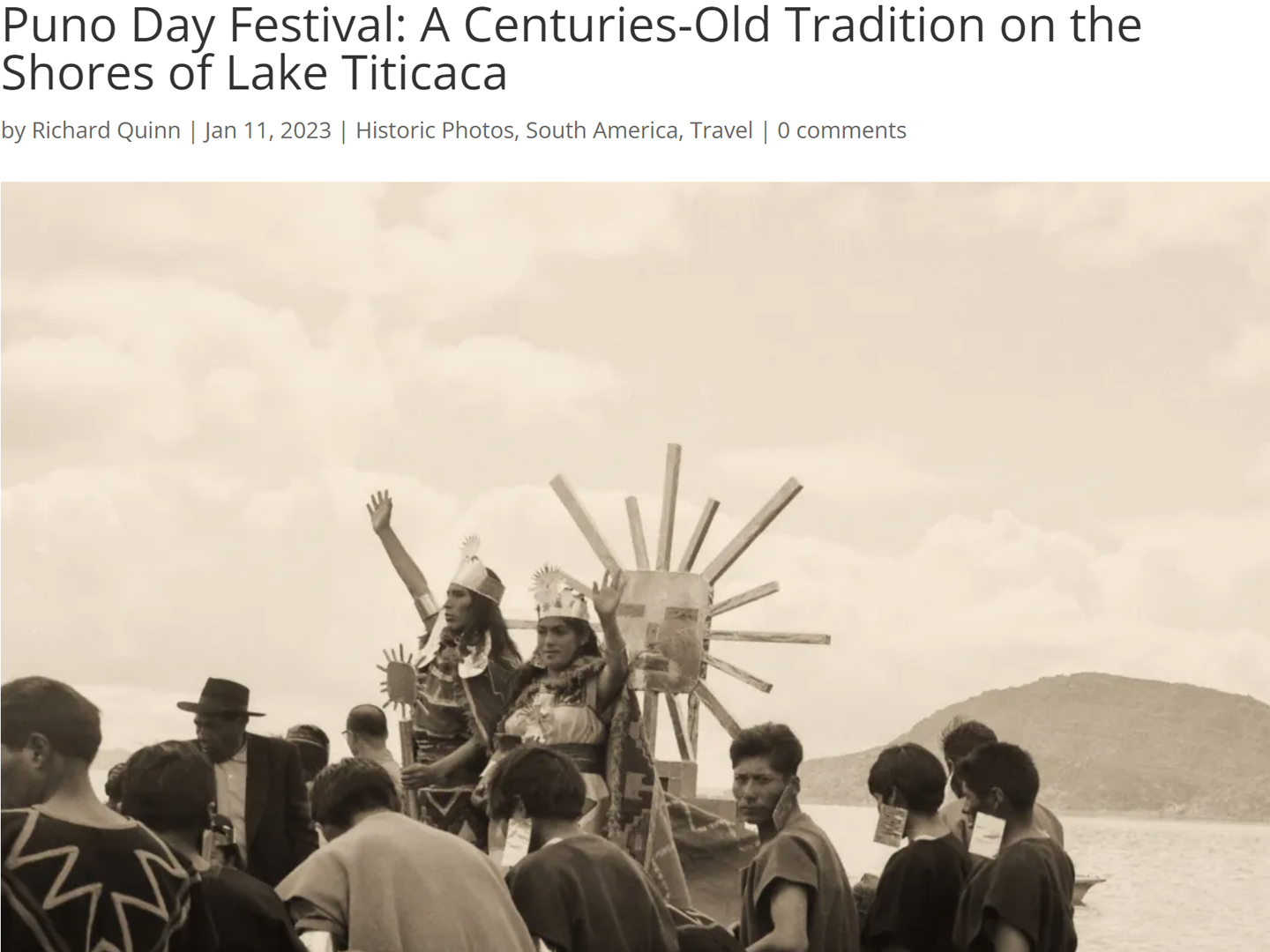
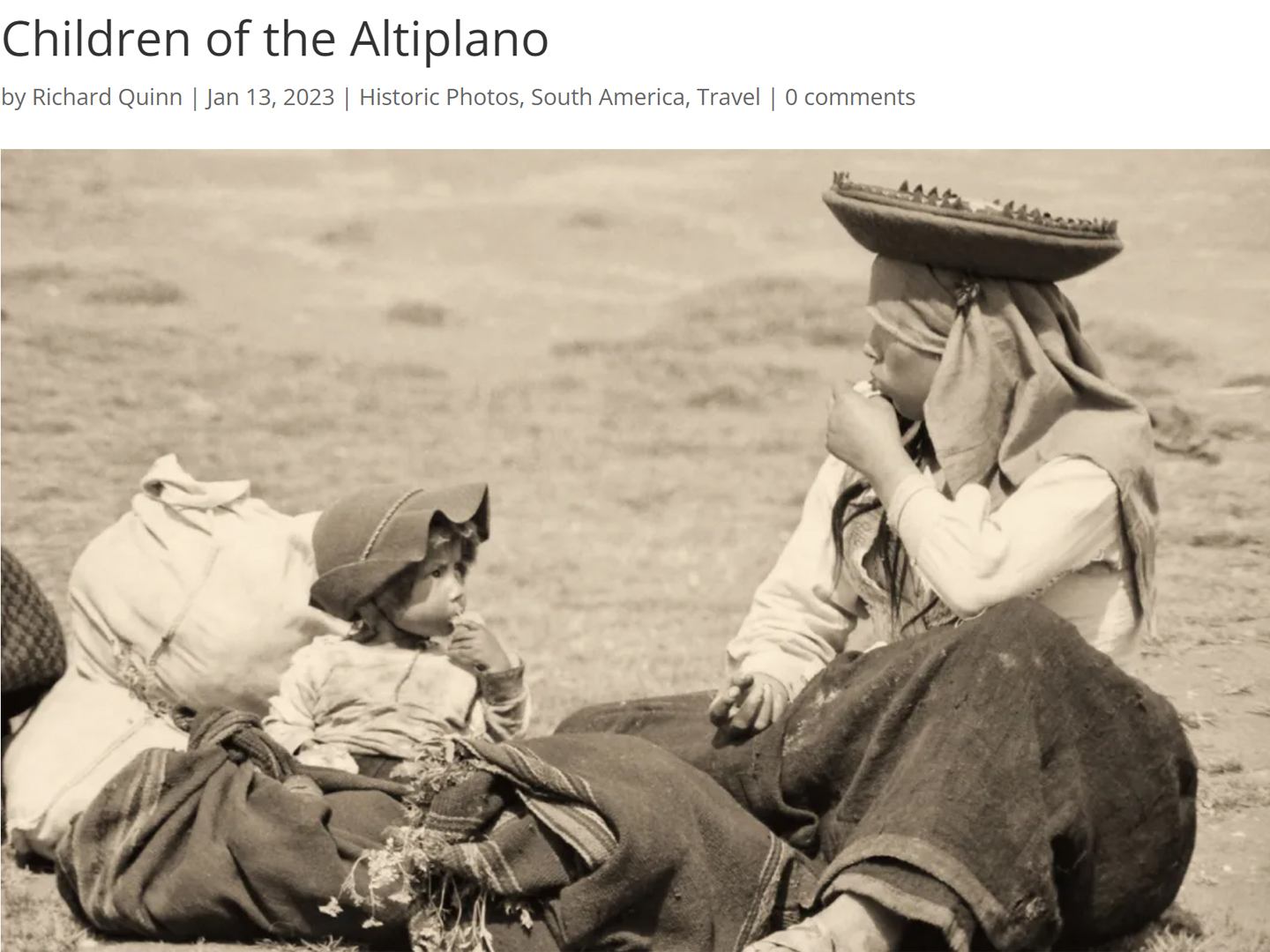
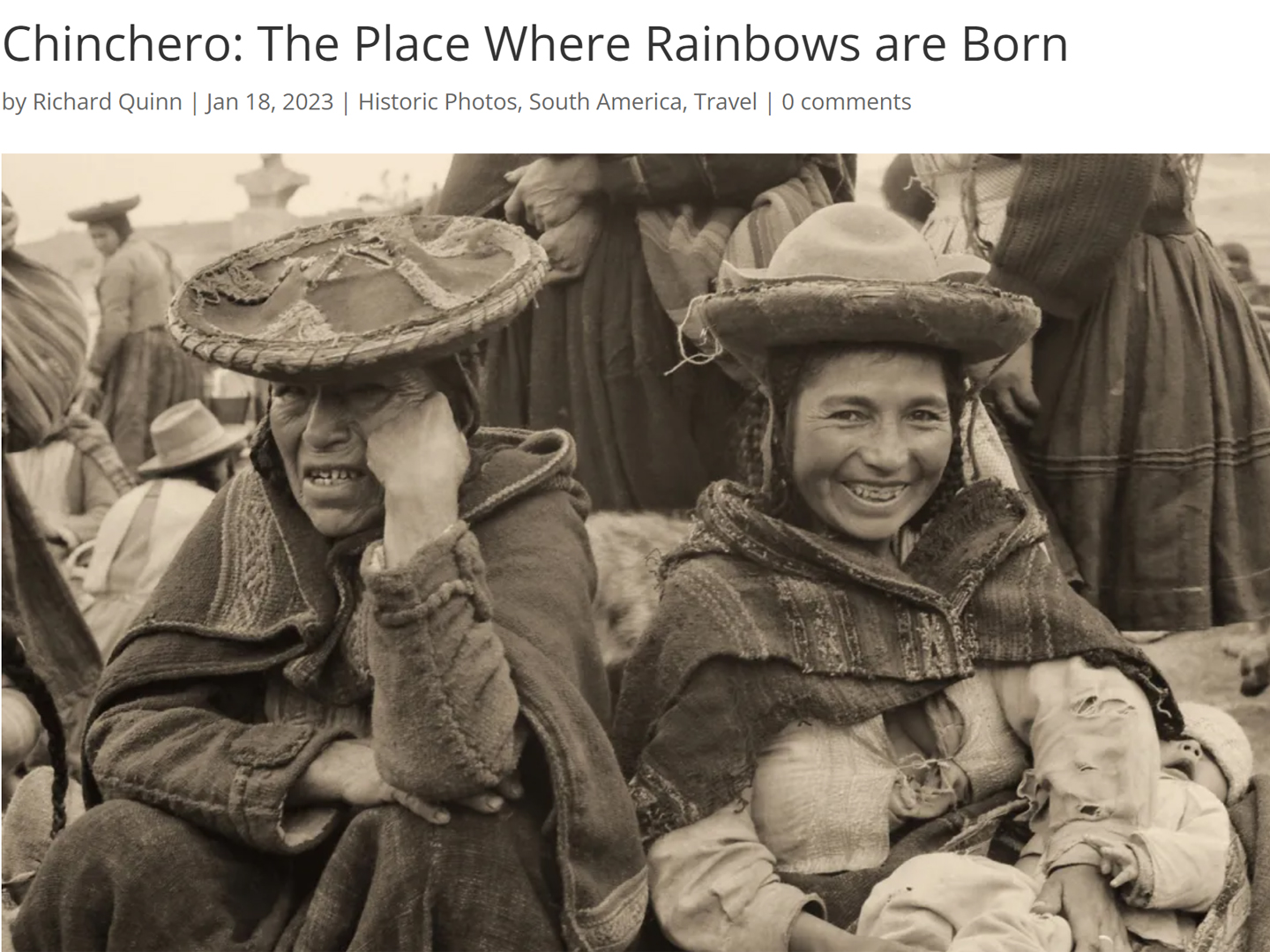
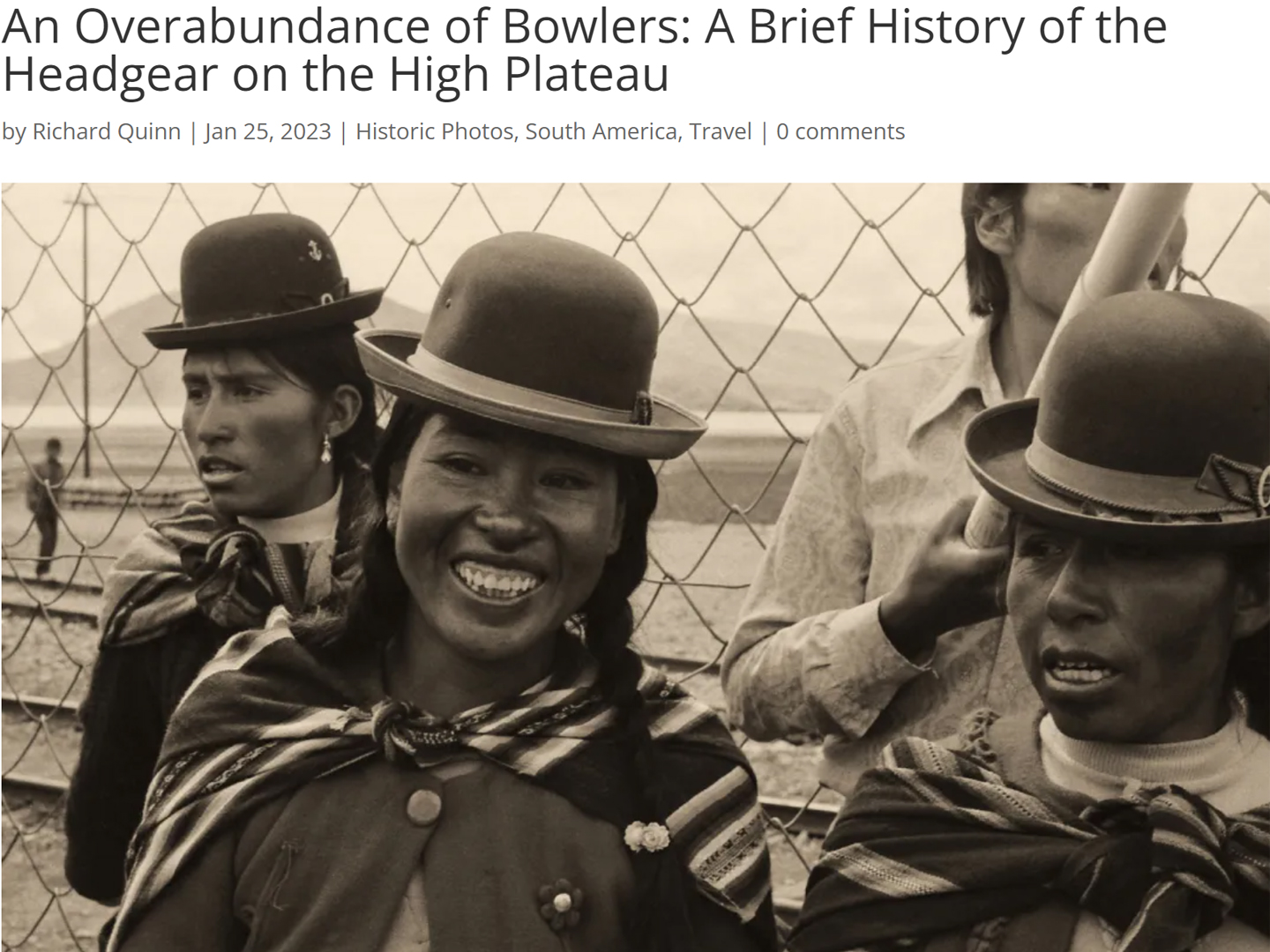
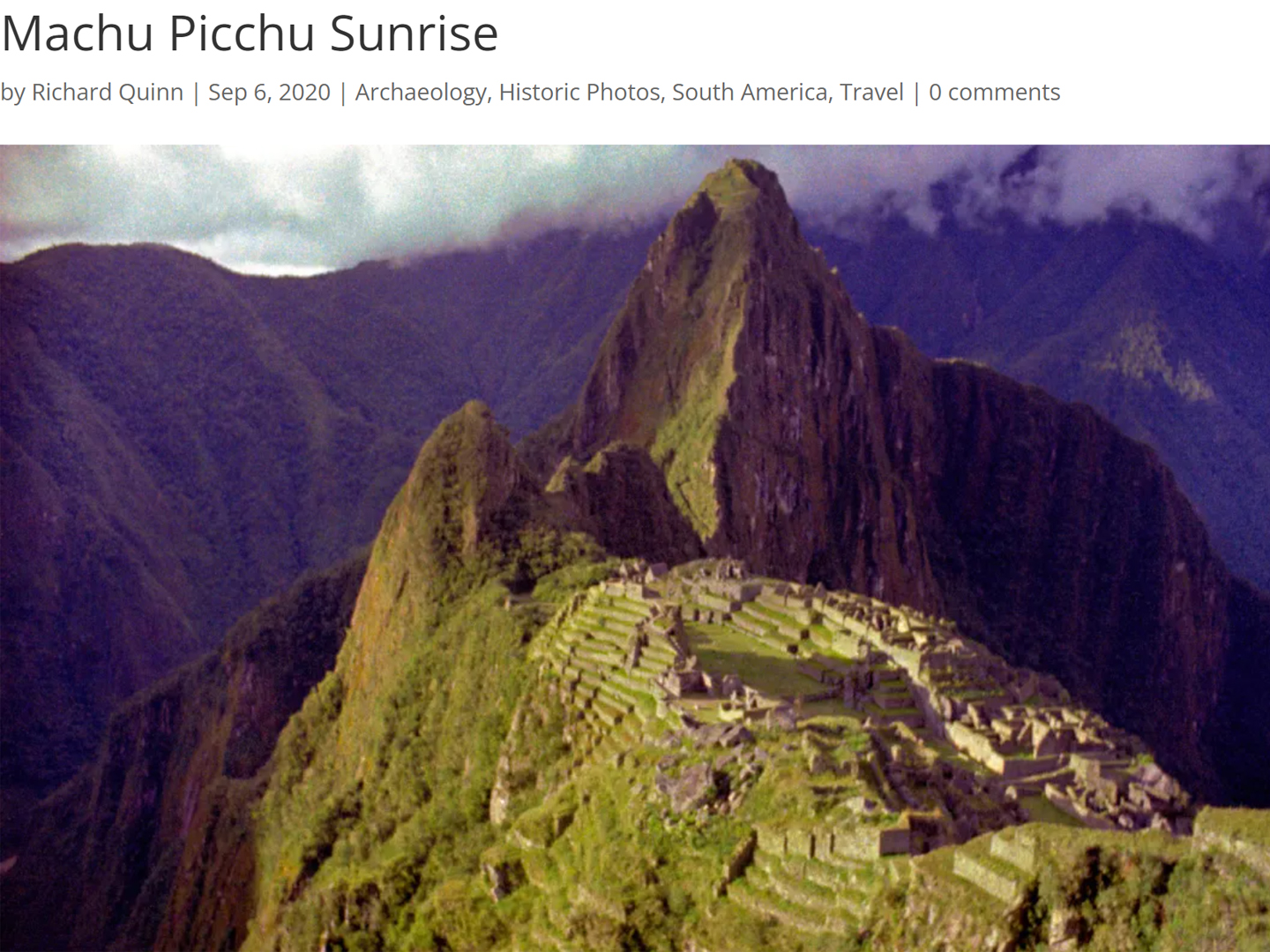
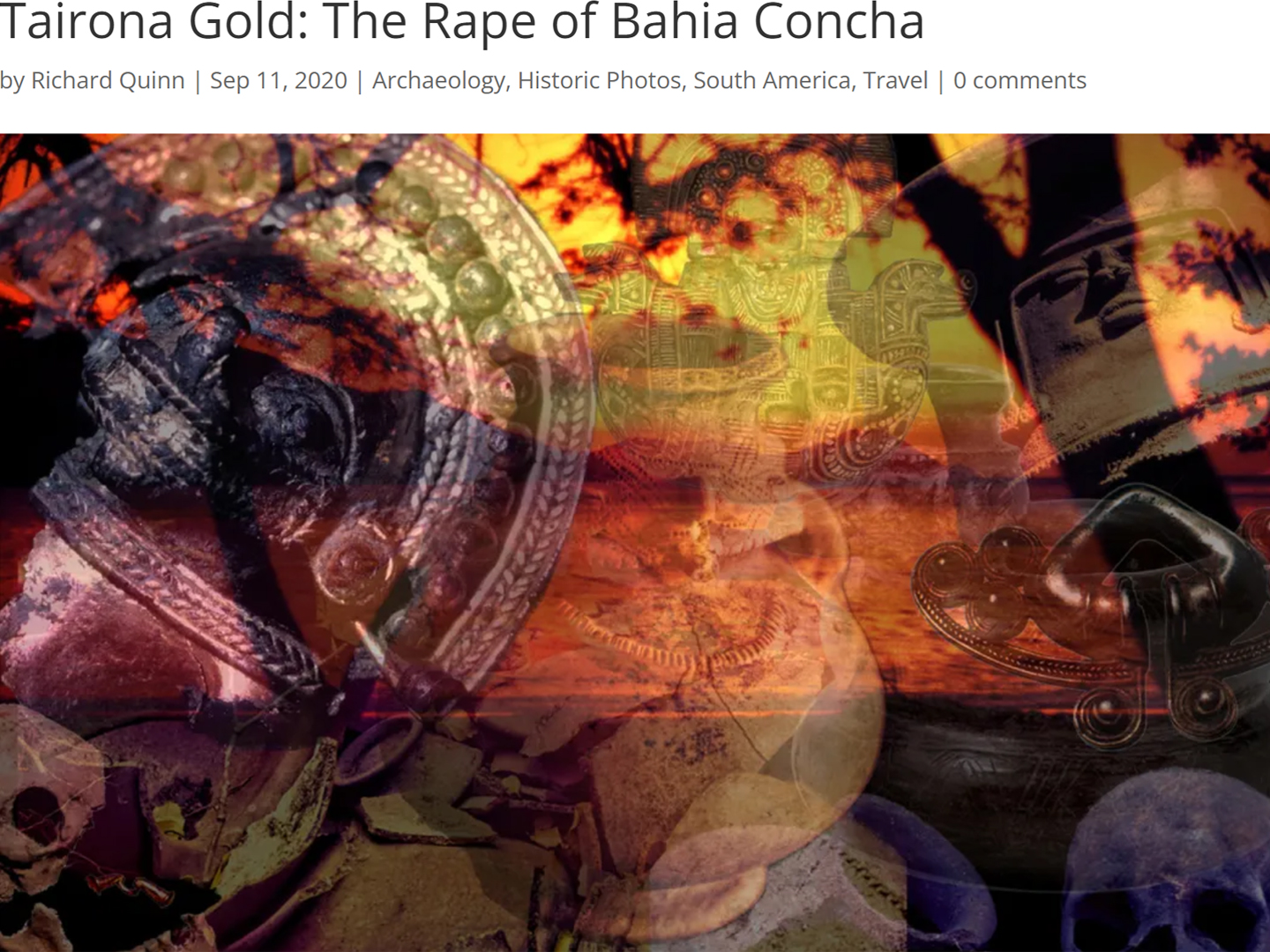
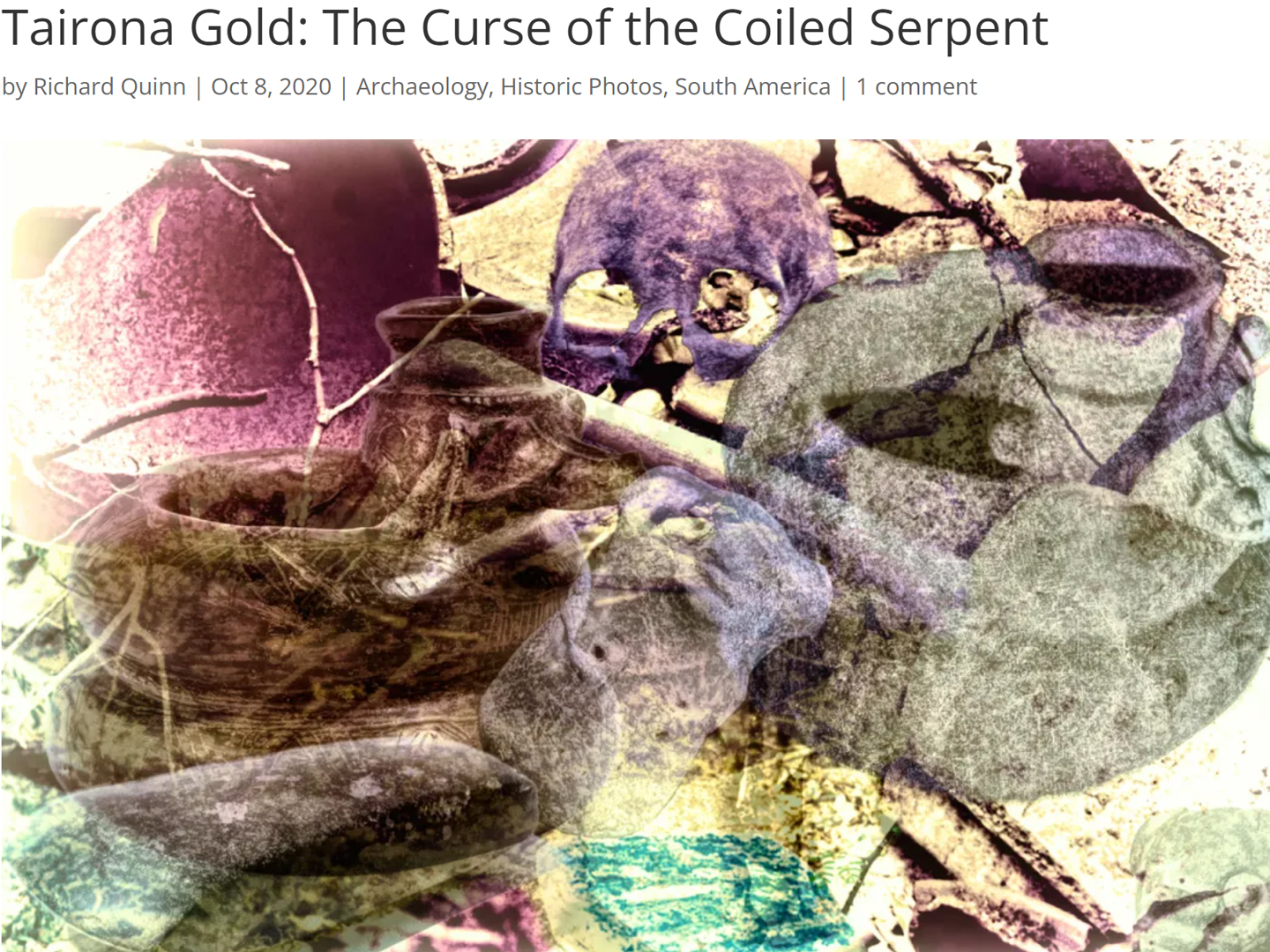
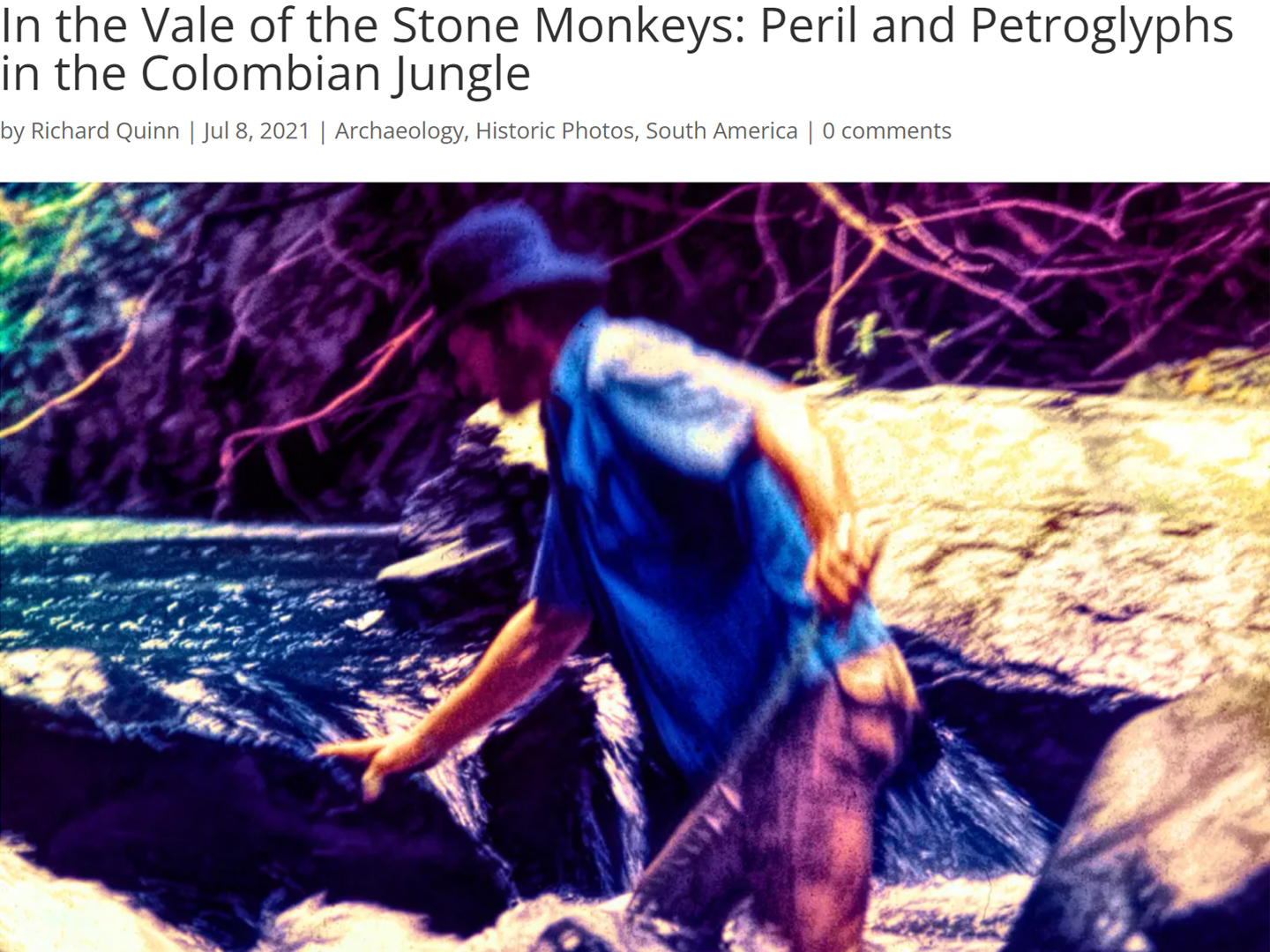
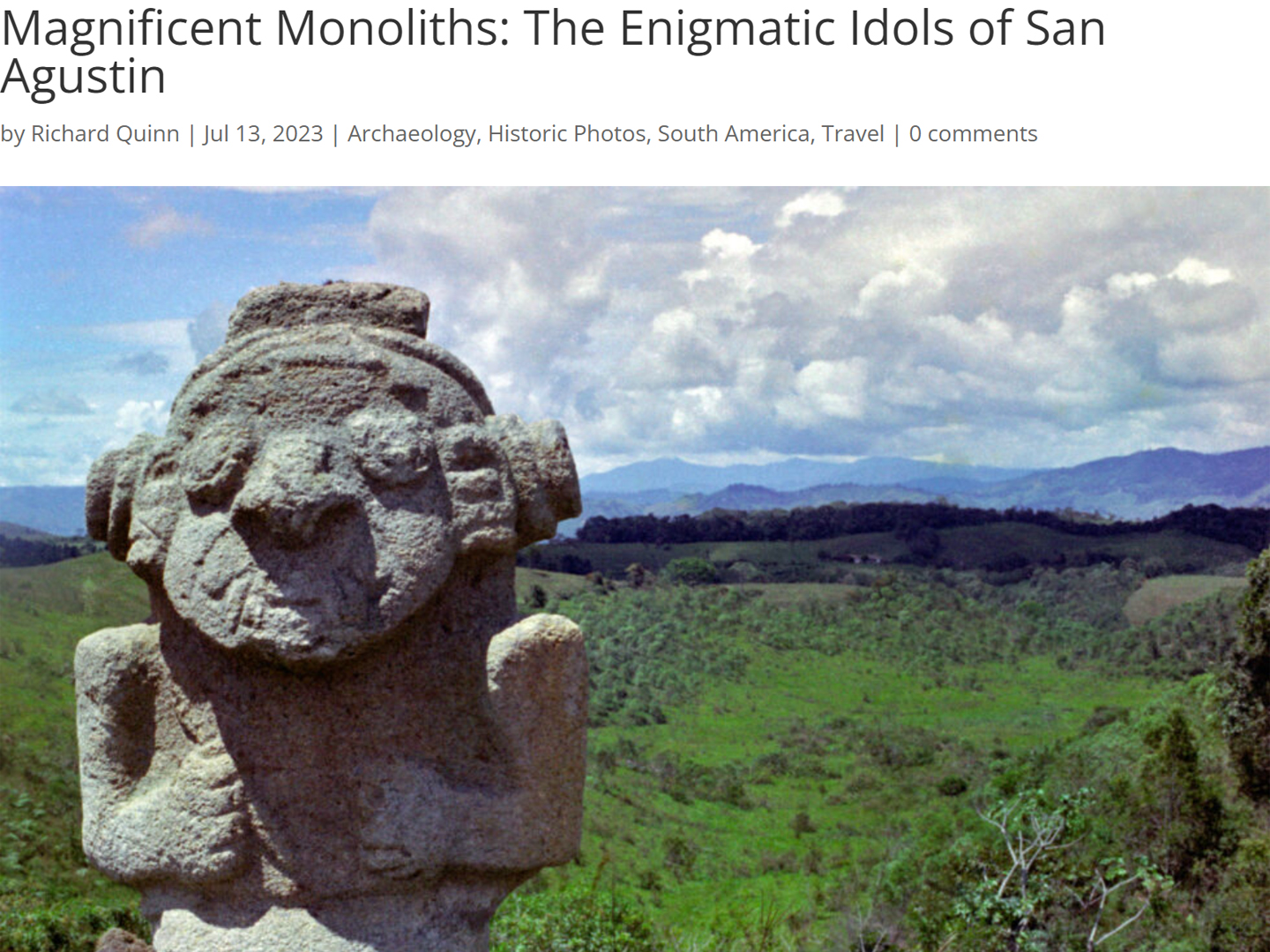


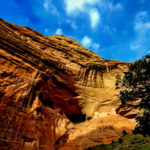
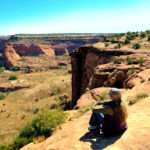
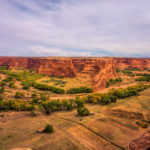
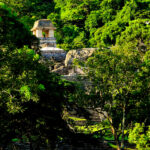
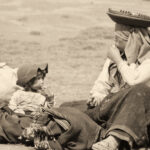

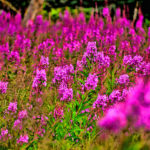
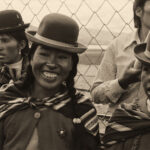
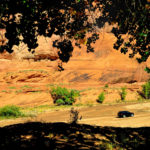
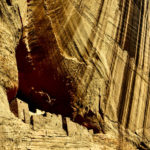
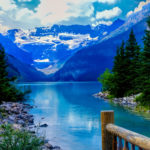
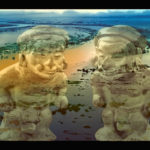
Recent Comments